-
WróćX
-
Компоненты
-
-
Category
-
Полупроводниковые приборы
- Диоды
- Тиристоры
-
Электро-изолированные модули
- Электроизолированные модули | ВИШАЙ (ИК)
- Электроизолированные модули | INFINEON (EUPEC)
- Электроизолированные модули | Семикрон
- Электроизолированные модули | POWEREX
- Электроизолированные модули | IXYS
- Электроизолированные модули | ПОЗЕЙКО
- Электроизолированные модули | ABB
- Электроизолированные модули | TECHSEM
- Przejdź do podkategorii
- Выпрямительные мостики
-
Транзисторы
- Транзисторы | GeneSiC
- Модули SiC MOSFET | Mitsubishi
- Модули SiC MOSFET | STARPOWER
- Модули ABB SiC MOSFET
- Модули IGBT | МИЦУБИСИ
- Транзисторные модули | MITSUBISHI
- Модули MOSFET | МИЦУБИСИ
- Транзисторные модули | ABB
- Модули IGBT | POWEREX
- Модули IGBT | INFINEON (EUPEC)
- Полупроводниковые элементы из карбида кремния (SiC)
- Przejdź do podkategorii
- Драйвера
- Блоки мощности
- Przejdź do podkategorii
- Электрические преобразователи
-
Пассивные компоненты (конденсаторы, резисторы, предохранители, фильтры)
- Резисторы
-
Предохранители
- Миниатюрные предохранители для электронных плат серии ABC и AGC
- Быстрые трубчатые предохранители
- Медленные вставки с характеристиками GL/GG и AM
- Ультрабыстрые плавкие вставки
- Быстрые предохранители английский и американский стандарт
- Быстрые предохранители европейский стандарт
- Тяговые предохранители
- Высоковольтные предохранительные вставки
- Przejdź do podkategorii
-
Конденсаторы
- Конденсаторы для электромоторов
- Электролитические конденсаторы
- Конденсаторы типа snubbers
- Конденсаторы мощности
- Конденсаторы для цепей DC
- Конденсаторы для компенсации пассивной мощности
- Высоковольтные конденсаторы
- Конденсаторы большой мощности для индукционного нагрева
- Импульсные конденсаторы
- Конденсаторы звена постоянного тока
- Конденсаторы для цепей переменного/постоянного тока
- Przejdź do podkategorii
- Противопомеховые фильтры
- Ионисторы
- Защита от перенапряжения
- Фильтры обнаружения излучения TEMPEST
- Ограничитель перенапряжения
- Przejdź do podkategorii
-
Реле и контакторы
- Теория реле и контакторы
- Полупроводниковые реле AC 3-фазные
- Полупроводниковые реле DC
- Контроллеры, системы управления и аксессуары
- Системы плавного пуска и реверсивные контакторы
- Электро-механические реле
- Контакторы
- Оборотные переключатели
-
Полупроводниковые реле AC 1-фазные
- РЕЛЕ AC 1-ФАЗНЫЕ СЕРИИ 1 D2425 | D2450
- Однофазное реле AC серии CWA и CWD
- Однофазное реле AC серии CMRA и CMRD
- Однофазное реле AC серии PS
- Реле AC двойное и четверное серии D24 D, TD24 Q, H12D48 D
- Однофазные твердотельные реле серии gn
- Однофазные полупроводниковые реле переменного тока серии ckr
- Однофазные реле переменного тока ERDA И ERAA SERIES для DIN-рейки
- Однофазные реле переменного тока на ток 150А
- Двойные твердотельные реле, интегрированные с радиатором для DIN-рейки
- Przejdź do podkategorii
- Полупроводниковые реле AC 1-фазные для печати
- Интерфейсные реле
- Przejdź do podkategorii
- Индукционные компоненты
- Радиаторы, варисторы, термическая защита
- Вентиляторы
- Кондиционеры, оборудование для шкафов, охладители
-
Аккумуляторы, зарядные устройства, буферные источники питания и инверторы
- Аккумуляторы, зарядные устройства - теоретическое описание
- Модульные литий-ионные аккумуляторы, пользовательские батареи, Система управления батареями (BMS)
- Аккумуляторы
- Зарядные устройства и аксессуары
- Резервный источник питания ИБП и буферные источники питания
- Преобразователи и аксессуары для фотовольтаики
- Хранилище энергии
- Топливные элементы
- Литий-ионные аккумуляторы
- Przejdź do podkategorii
-
Автоматика
- Подъемники Spiralift
- Запчасти для дронов Futaba
- Концевые выключатели, Микровыключатели
- Датчики Преобразователи
- Пирометры
- Счетчики, Реле времени, Панельные измерительные приборы
- Промышленные защитные устройства
- Световые и звуковые сигнальные установки
- Термокамеры, Тепловизоры
- LED-экраны
- Управляющая аппаратура
- Przejdź do podkategorii
-
Провода, литцендрат, гофрированные рукава, гибкие соединения
- Провода
- Кабельные вводы и муфты
- Многожильные провода (Lica)
-
Кабели и провода для специальных применений
- Удлинительные и компенсационные провода
- Провода для термопар
- Присоединительные провода для датчиков PT
- Многожильные провода темп. от -60C до +1400C
- Провода среднего напряжения
- Провода зажигания
- Нагревательные провода
- Одножильные провода темп. от -60C до +450C
- Железнодородные провода
- Нагревательные провода в Ex
- Przejdź do podkategorii
- Оболочки
-
Плетеные кабели
- Плоские плетеные кабели
- Круглые плетеные кабели
- Очень гибкие плетеные кабели - плоские
- Очень гибкие плетеные кабели - круглые
- Медные цилиндрические плетеные кабели
- Медные цилиндрические плетеные кабели и кожуха
- Гибкие заземляющие ленты
- Цилиндрические плетеные провода из луженой и нержавеющей стали
- Медные изолированные плетеные провода PCV - температура до 85 градусов C
- Плоские алюминиевые плетеные провода
- Соединительный набор - плетеные провода и трубки
- Przejdź do podkategorii
- Аксессуары для тяги
- Кабельные наконечники
- Изолированные эластичные шины
- Многослойные гибкие шины
- Системы прокладки кабеля (PESZLE)
- Przejdź do podkategorii
- Zobacz wszystkie kategorie
-
Полупроводниковые приборы
-
-
- Поставщики
-
Программы
- Energy bank
- Автоматика HVAC
- Горное дело, металлургия и литейное дело
- Двигатели и трансформаторы
- Измерение и регулирование температуры
- Измерение и регулирование температуры
- Индукционный нагрев
- Индустриальная автоматизация
- Источники питания (ИБП) и выпрямительные системы
- Компоненты для потенциально взрывоопасных сред (EX)
- Машины для сушки и обработки древесины
- Машины для термоформования пластмасс
- Оборудование для распределительных, контрольных и телекоммуникационных шкафов
- Печать
- Приводы переменного и постоянного тока (инверторы)
- Промышленная автоматика
- Промышленные защитные устройства
- Сварочные аппараты и сварочные аппараты
- Станки с ЧПУ
- Трамвай и ж / д тяга
-
Монтаж
-
-
Индукторы
-
-
Индукционные устройства
-
-
Услуга
-
- Контакт
- Zobacz wszystkie kategorie
Сравнение среднего и большого чемодана Nanuk

Portable cases, especially models from the Nanuk brand, offer not only functionality but also reliability and protection for valuable items. Whether you are a professional photographer, an engineer, or simply someone in need of a sturdy case for equipment, choosing the right size of the case is crucial.
A Brief Introduction to the Topic of Portable Cases
Portable cases are essential accessories used in many areas of life. From carrying photographic equipment, through electronic devices, to industrial tools, these cases are designed with protection and ease of transport in mind. Models such as the Nanuk cases combine modern design with protective technology, providing users with peace of mind during transport. The high-quality materials they are made from ensure waterproofing, shock resistance, and protection against adverse weather conditions, making them an ideal choice for both professionals and amateurs.
The Importance of Choosing the Right Size for Equipment Transport
Choosing the right size of the case is key as it affects comfort and transport efficiency. Nanuk cases are available in various sizes, from medium to large models, allowing for selection tailored to individual needs.
• Medium cases are perfect for short trips and transporting basic equipment. Their size makes them easy to carry and ideal for everyday use, making them a great solution for people who travel frequently for business or leisure.
• Large cases, on the other hand, offer significantly greater capacity, allowing for the transport of a larger amount of equipment or accessories. They are particularly useful for longer trips when it is necessary to carry equipment that may be larger or more delicate.
In the context of case selection, it is also worth noting additional features such as the ability to convert the case into a wheeled version, which significantly facilitates transport, especially with heavier loads. Choosing the right portable case, both in terms of size and functionality, is crucial to ensure that the equipment arrives at its destination in an undamaged condition.
In the following chapters, we will take a closer look at the advantages and disadvantages of medium and large Nanuk cases, which will help in making an informed purchasing decision.
Advantages of Medium Cases
Medium Nanuk cases are growing in popularity among professionals and amateurs looking for functional solutions for transporting equipment. Their advantages are numerous and varied, making them an excellent choice for those who need reliable accessories for carrying valuable items. First and foremost, medium cases offer excellent mobility and ease of transport. Their compact size makes them easy to carry, while still being spacious enough to hold necessary equipment. With the option to equip them with wheels, even heavier loads pose no problem, significantly easing movement, especially in crowded places such as airports or conferences.
Medium Nanuk cases are ideal for short trips where there is no need to carry a large amount of equipment. They work well for business trips, weekend getaways, or local projects. Users appreciate that the sufficient capacity of medium cases allows for packing essential items such as a laptop, camera, or measuring tools without the need for larger models. This makes them practical for both photography professionals and engineers or technicians who need to have everything on hand but do not want to be overloaded with excess baggage.
Another significant advantage of medium cases is the space-saving aspect during storage. Unlike large cases, which can take up a lot of space in a closet or trunk, medium models can be easily tucked away in smaller spaces. With their universal size, medium Nanuk cases are perfect for those who value order and minimalism in their surroundings. This not only saves space but also allows for easier management of equipment and quicker access to needed accessories.
In the context of equipment transport, medium Nanuk cases combine features that are essential for everyday use. They offer a proper balance between mobility, capacity, and practicality, making them an indispensable tool for anyone who needs to regularly transport their equipment. In the following chapters, we will take a closer look at the disadvantages of medium cases and compare them to larger models to further facilitate the choice of the appropriate solution based on individual needs.
Disadvantages of Medium Cases
While medium Nanuk cases have many advantages, it is also worth noting their disadvantages, which can influence the choice of the appropriate model depending on individual user needs. One of the main drawbacks of medium cases is their limited capacity, which can be a significant factor for those needing to transport larger sets of equipment. In situations where it is necessary to carry many items, such as tool sets or various accessories, a medium case may prove insufficient.
Both professionals and amateurs who rely on large cases may encounter difficulties packing all necessary items. For example, for a photographer needing to bring a camera, lenses, tripod, and other accessories, a medium case may not accommodate everything comfortably. In such cases, larger Nanuk cases may be a better solution, offering significantly more space and allowing for more flexible packing.
Another limitation of medium cases is the reduced packing options for large tools or accessories. If the user has specialized equipment with unusual shapes or sizes, they may encounter difficulties in safely placing it in a medium case. These cases are designed to offer versatility and mobility, which means they may lack the appropriate space or internal layout to effectively accommodate large items.
In summary, while medium Nanuk cases are a great choice for many users due to their mobility and functionality, it is important to keep their limitations in mind. Potential buyers should carefully consider what equipment they will be transporting and what their needs are before making a decision on case selection. In the following chapters, we will discuss how medium cases compare to large models and which travel situations best suit each of these sizes.
Advantages of Large Cases
Large Nanuk cases are an excellent choice for those needing maximum capacity and reliable protection for their equipment. Their design focuses on providing users with all the necessary solutions that facilitate the transport and storage of various items. The first and most important advantage of large cases is their high capacity, making them ideal for transporting equipment. Whether you are a professional photographer, engineer, or technician, a large case provides enough space to accommodate everything needed to perform tasks.
When it comes to large cases, one cannot overlook their ability to carry more accessories. For those who need to transport tool sets, cameras with additional lenses, or audio-video equipment, a large Nanuk case is the perfect solution. With appropriate internal organization and flexible packing options, all necessary accessories can be conveniently placed inside, greatly increasing comfort when working in the field. Users can be confident that everything is securely stored and easily accessible, which undoubtedly improves efficiency and work organization.
Another advantage of large Nanuk cases is their stability and durability in harsh conditions. Made from materials resistant to impacts and external factors, these cases are ideal for those working in demanding environments, such as construction sites, laboratories, or independent project areas. Thanks to their robust construction, large cases provide not only protection against mechanical damage but also safeguard equipment from moisture, dust, and other adverse weather conditions.
In summary, large Nanuk cases offer a range of advantages that make them an ideal choice for those needing high capacity and reliability during equipment transport. In the following chapters, we will take a closer look at the disadvantages of large cases and compare them to medium models to help make the right choice based on the individual user’s needs.
Disadvantages of Large Suitcases
Although large Nanuk suitcases offer many advantages, they also have drawbacks that should be considered before making a purchase decision. One of the main disadvantages of large suitcases is their reduced mobility and maneuverability. Due to their size, large suitcases can be cumbersome to navigate in crowded places such as airports, train stations, or small rooms. Their weight and size may require users to exert more physical strength to move around with them, which can be uncomfortable, especially when covering longer distances.
Another significant drawback of large suitcases is the high cost of air transport. Airlines often have baggage policies that may incur additional fees for large suitcases. As a result, users may face unexpected expenses related to transportation, making travel more costly. For those who frequently travel by plane, it may be worth considering more compact options that could be cheaper to transport while still meeting their needs.
Finally, large suitcases take up more storage space when not in use. Their considerable size can be an issue in smaller spaces, such as apartments or offices. Finding a suitable storage spot for a large suitcase may be challenging, especially compared to more compact models that are easier to stow away. Users should consider how much space they have available before deciding to purchase a large suitcase.
While large Nanuk suitcases are highly functional and offer ample capacity, it is essential to remember their drawbacks. Individuals considering purchasing them should carefully evaluate their needs and the conditions in which they will use the suitcase to make the best decision. In the following chapters, we will summarize key information on choosing between medium and large suitcases to help facilitate the right choice based on the user's specific requirements.
When to Choose a Medium Suitcase?
The decision to choose a medium Nanuk suitcase often depends on the nature of travel and the type of equipment being transported. There are many scenarios where a medium suitcase is the best choice, combining mobility with adequate capacity. Examples include business trips with delicate equipment, short projects requiring tool transport, and storage of photographic equipment for local photo shoots.
The first scenario where a medium suitcase is ideal is business trips with delicate equipment. Business travelers often need to carry valuable devices such as laptops, projectors, or measuring devices. A medium Nanuk suitcase provides adequate protection for these items while remaining compact enough for easy transport. With a sturdy design and waterproof materials, users can be assured their equipment will stay safe even in challenging conditions.
Another case where a medium suitcase is an excellent choice is for short projects requiring the transport of tools. Professionals in fields such as construction, electrical work, or installations often need to carry various tools and accessories. The medium Nanuk suitcase offers sufficient capacity to hold essential items while maintaining ease of maneuverability and transport. With proper interior organization, users can quickly find the tools they need, increasing their work efficiency.
The final scenario to consider is storing photographic equipment for local photo sessions. Photographers who need to carry their cameras, lenses, and accessories can benefit from the medium Nanuk suitcase, which combines sufficient capacity with appropriate protection. Thanks to its mobility, it is easy to take into the field, and the sturdy design ensures the equipment remains intact, even during travel in more demanding conditions.
The medium Nanuk suitcase is an excellent choice in many situations requiring mobility and adequate capacity. Users should carefully consider their needs and travel scenarios to fully utilize the advantages offered by medium suitcases. In the next chapters, we will focus on when large suitcases may be more suitable and what factors to consider when selecting the right size.
Summary
Choosing the right suitcase for transporting equipment is a crucial step that can significantly impact travel comfort and the safety of the items being transported. In this article, we have thoroughly discussed the pros and cons of both medium and large Nanuk suitcases, as well as presented specific scenarios in which each size is most suitable. The key differences between medium and large suitcases primarily arise from their capacity, mobility, and the specifications of the stored equipment.
Medium Nanuk suitcases are characterized by excellent mobility and ease of transport, making them ideal for short business trips, projects requiring tool transport, and storing photographic equipment for local photo shoots. With appropriate capacity, they offer enough space for essential items while also saving storage space. On the other hand, large Nanuk suitcases provide ample capacity and stability, making them suitable for transporting larger sets of equipment and accessories. However, their disadvantages, such as reduced mobility, higher transportation costs in air travel, and increased storage space requirements, may limit their use in some situations.
When choosing the appropriate suitcase size, several key factors should be considered. Firstly, the specification of the transported equipment is fundamental. If you are transporting delicate equipment that requires additional protection, a medium suitcase may be sufficient, as long as you are not dealing with larger sets of tools or accessories. In cases where you plan to transport more equipment or need extra space for accessories, consider purchasing a large suitcase.
In conclusion, both medium and large Nanuk suitcases have unique advantages and disadvantages that should be weighed based on the user's individual needs. The final choice should be based on the nature of the transported equipment and personal preferences regarding mobility and capacity. By properly matching the suitcase to the specifics of the journey, one can ensure comfort and safety, regardless of the challenges that transportation brings.
FAQ (Frequently Asked Questions)
Which models are recommended for transporting electronic equipment?
For transporting electronic equipment, Nanuk suitcases are highly recommended, offering excellent protection thanks to their sturdy construction and high-quality materials. Models such as Nanuk 933 or Nanuk 976 are ideal for storing laptops, measuring devices, or other sensitive electronic devices. These suitcases feature a sealing system and the option to install protective inserts, providing additional protection against shocks and damage. With their waterproof and antistatic properties, they are suitable for various transport conditions.
Are portable suitcases suitable for transporting photography and video equipment?
Yes, Nanuk portable suitcases are an excellent solution for transporting photography and video equipment. Many models, such as Nanuk 930 or Nanuk 935, offer specially designed interiors that accommodate cameras, lenses, and accessories in a way that protects them from damage. The waterproof and dustproof properties of these cases ensure that the equipment is protected not only from mechanical damage but also from adverse weather conditions. Additionally, the ability to customize the interior to the user's individual needs makes these suitcases highly functional for photographers and videographers.
What accessories can increase the functionality of portable suitcases?
To enhance the functionality of Nanuk portable suitcases, consider various accessories that can help better organize the interior space of the suitcase and provide additional protection. Examples of accessories include:
• Protective Inserts: Designed for various suitcase models, these inserts securely position equipment inside the case, minimizing the risk of damage during transport.
• Organizers: Useful for storing small accessories like cables, batteries, or filters. Organizers make it easy to access small items, enhancing efficiency when working in the field.
• TSA Locks: Adding TSA locks to Nanuk cases increases security during travel, allowing security personnel easy access to the case without damaging it.
• Desiccant Packs: Using desiccant packs in cases with electronics helps maintain the right humidity level, which is crucial for keeping the equipment in good condition.
With these accessories, Nanuk portable cases can become even more functional, tailored to individual user needs and the conditions in which they will be used.
How to Care for Nanuk Cases?
To ensure Nanuk cases last for many years, regular maintenance is recommended. Here are some key tips:
1. Cleaning: After each use, remove dirt and dust. Use a soft cloth and mild detergents for cleaning. Avoid harsh chemicals that could damage the material.
2. Checking Seals: Regularly inspect seals to ensure they are in good condition. Proper seal condition maintains the case's water resistance.
3. Avoiding Extreme Conditions: Although Nanuk cases are resistant to various conditions, try to avoid extreme temperatures and prolonged sun exposure to prevent material degradation.
4. Storage: It’s best to store cases in a dry, cool place, away from heat sources and direct sunlight.
With these simple tips, your Nanuk cases will stay in excellent shape for years. For more details on case maintenance and specific tips, read our article here: How to Maintain Cases and Transport Boxes for Long-Lasting Use.
Are Cases Suitable for Transporting Equipment in Extreme Conditions?
Cases, especially those designed by renowned brands like Nanuk, are ideal for transporting equipment in challenging and extreme conditions. Here are some key features that make them suitable for such applications:
1. Weather Resistance: Nanuk cases are waterproof and dustproof, effectively protecting the contents from rain, dust, and other adverse external factors. With high-quality materials, these cases retain their properties even in tough conditions.
2. Durability and Strength: Built from impact-resistant and scratch-proof materials, these cases are designed for transport in rough terrain. They withstand strong shocks and impacts, which is especially important when transporting sensitive electronic equipment or tools.
3. Temperature Range: Nanuk cases are designed to operate across a wide range of temperatures. Whether facing extremely low or high temperatures, these cases provide the necessary protection for stored equipment.
4. Security Systems: Many case models are equipped with additional security features, such as TSA locks or reinforced handles, providing extra protection against accidental damage during transport.
Thanks to these features, Nanuk cases are an excellent choice for those needing a reliable solution to transport equipment in challenging conditions. To learn more about these cases and their use in extreme conditions, read more here: How to Ensure Safety for Electronic Equipment During Transport?
Связанные продукты
Связанные посты
 Thermally conductive materials in power storages
Thermally conductive materials in power storages
 Measuring power and energy in electric circuits
Measuring power and energy in electric circuits
 Wentylatory przemysłowe - rodzaje, właściwości
Wentylatory przemysłowe - rodzaje, właściwości




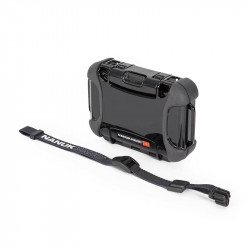
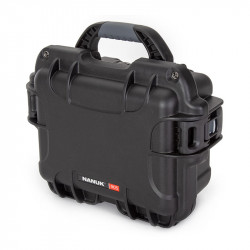
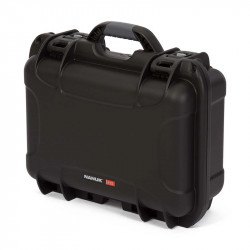
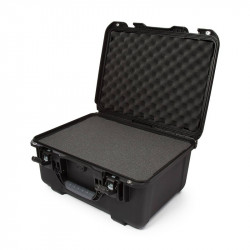

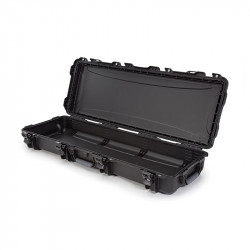
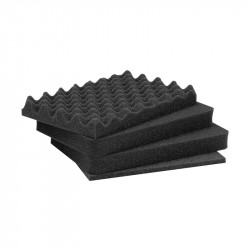
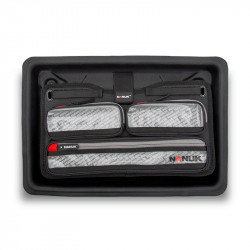
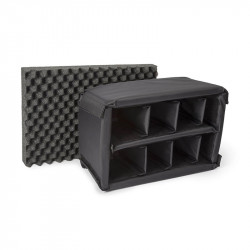
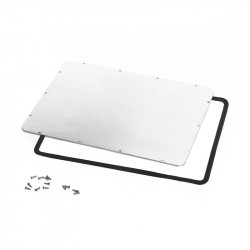
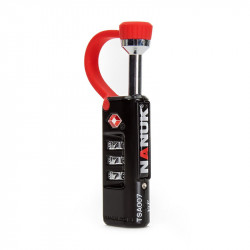
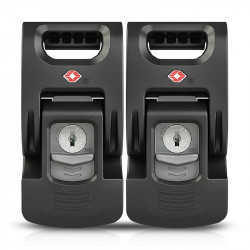
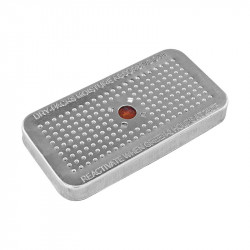
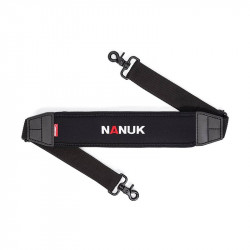
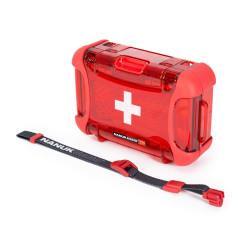

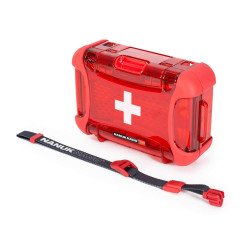

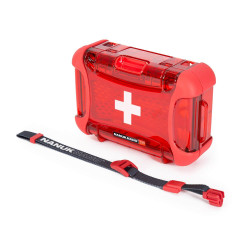
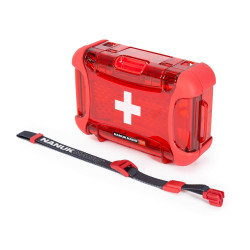

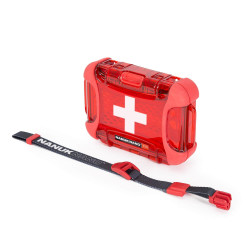
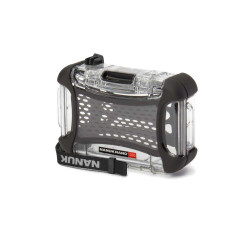
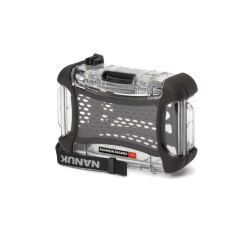
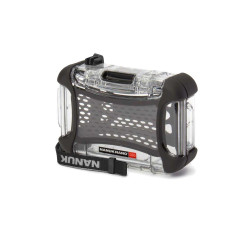
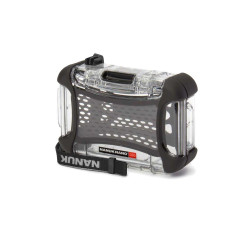
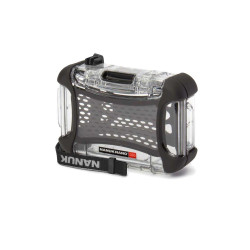

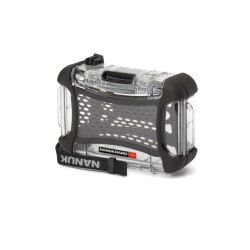
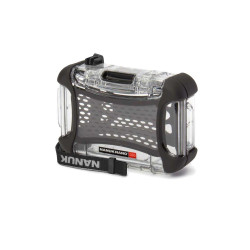

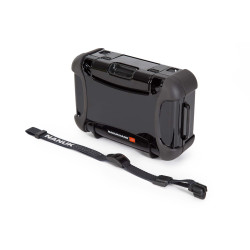
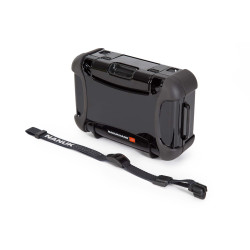

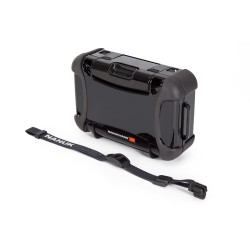


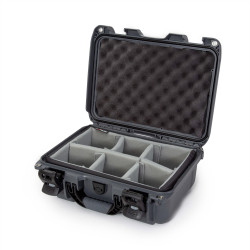
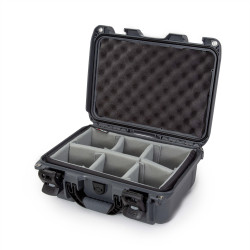
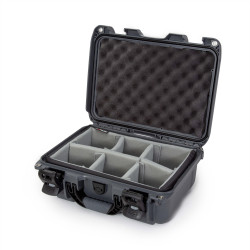
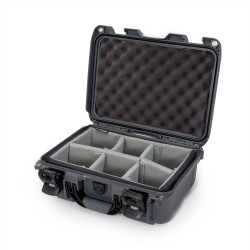
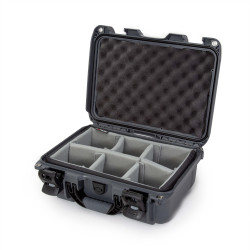
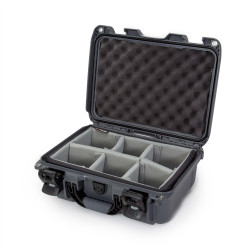
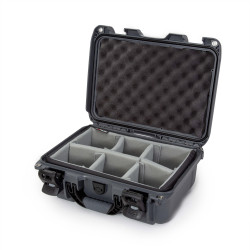

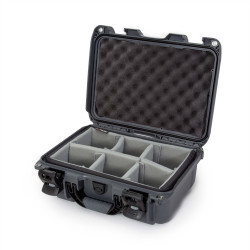
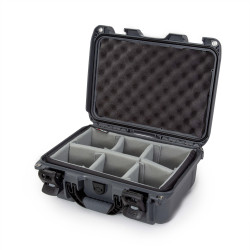
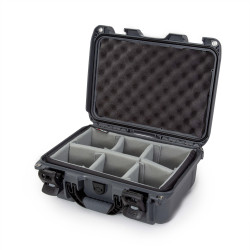

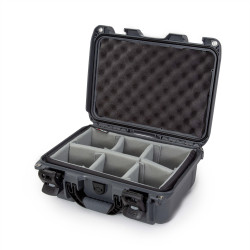
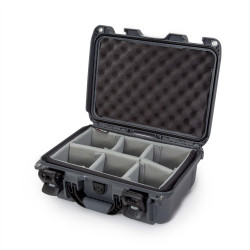
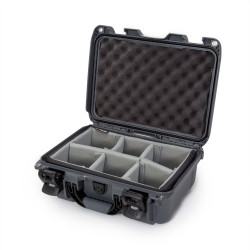
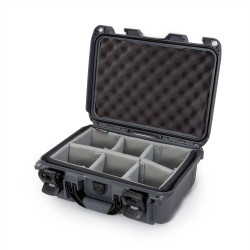
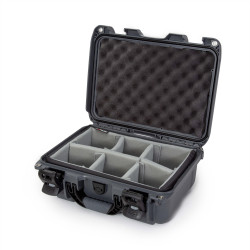
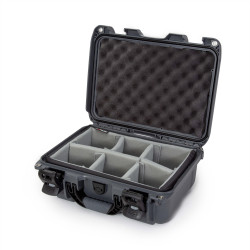
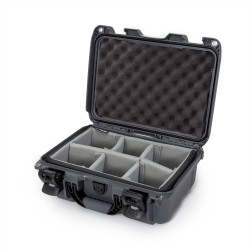
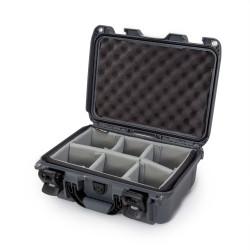
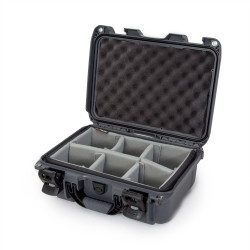
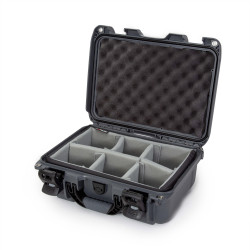
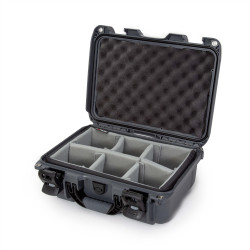
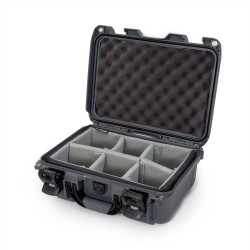
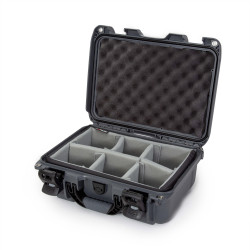
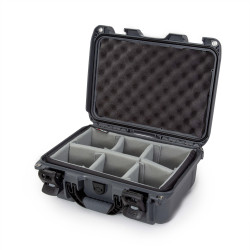
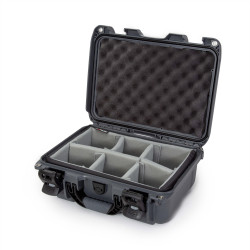
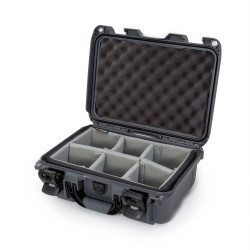

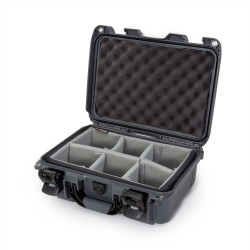

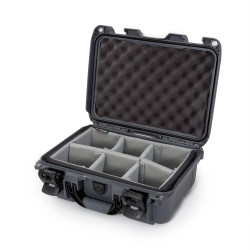

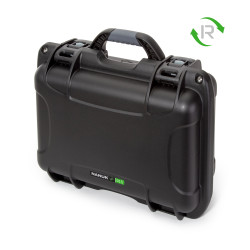

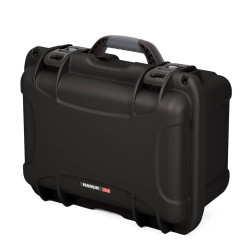
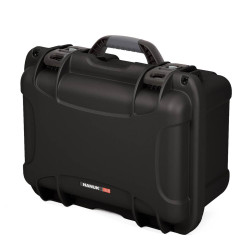
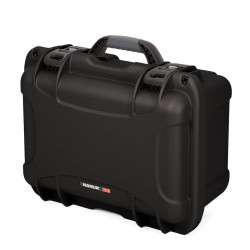
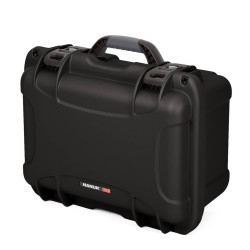
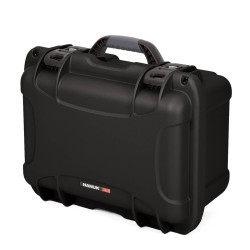
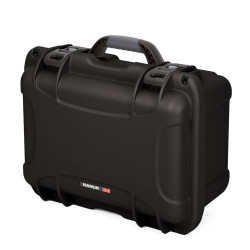



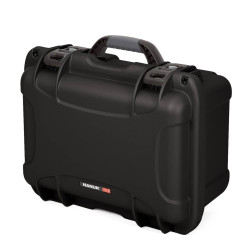
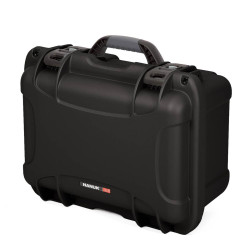
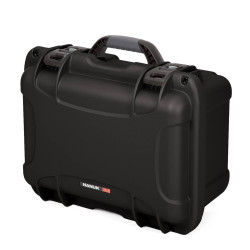
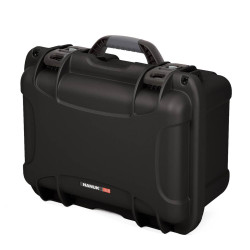

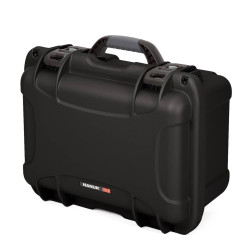
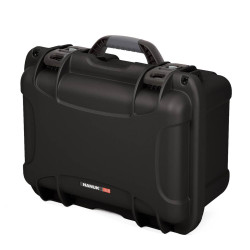
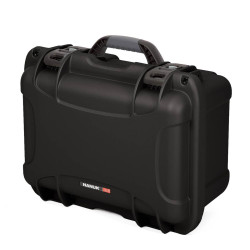
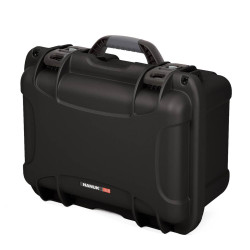
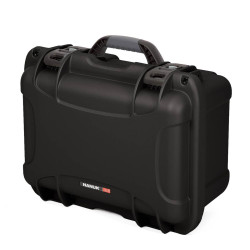
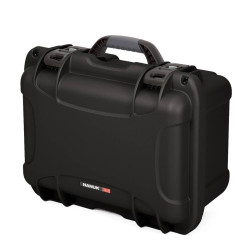
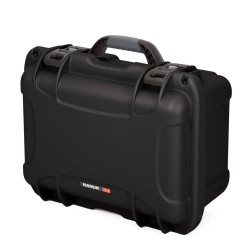
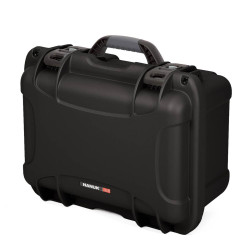


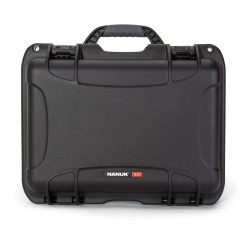
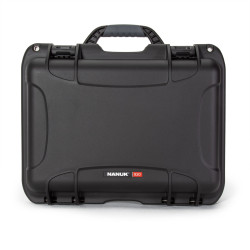
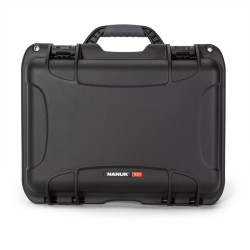

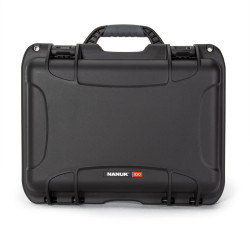
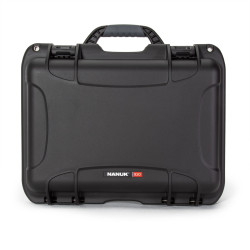
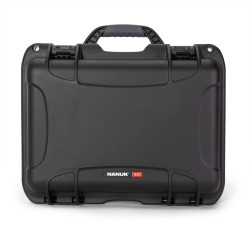
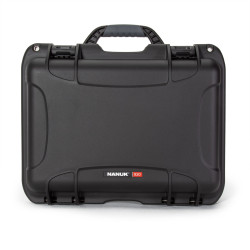
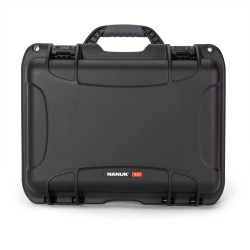
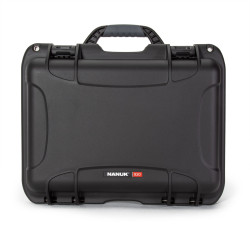



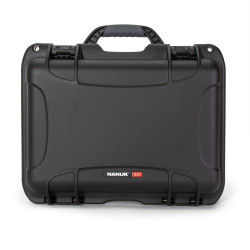

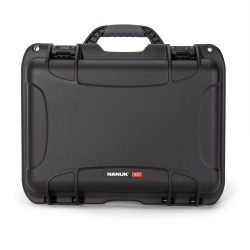
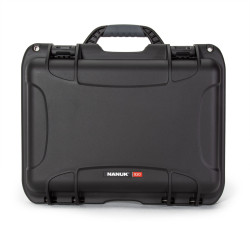
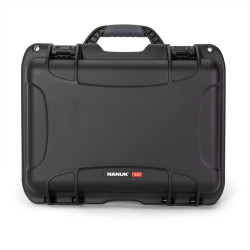
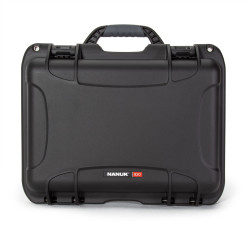

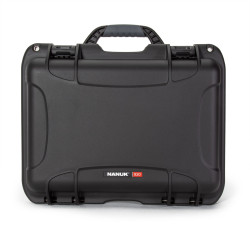



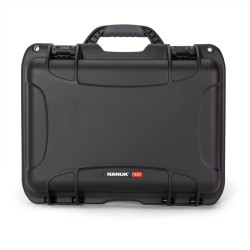
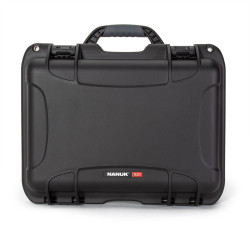
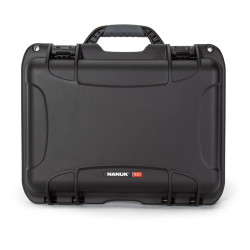
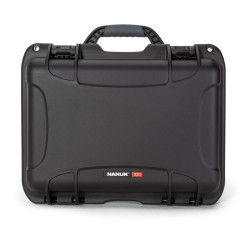
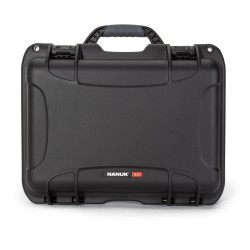
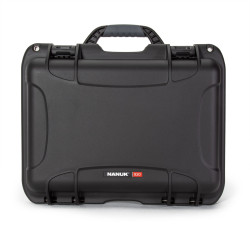

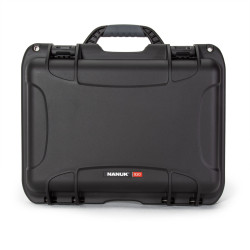
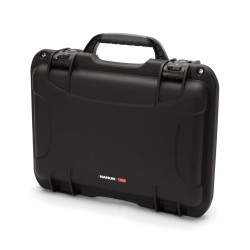
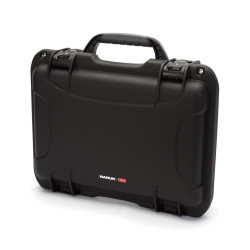
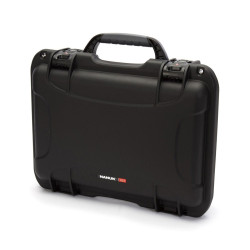

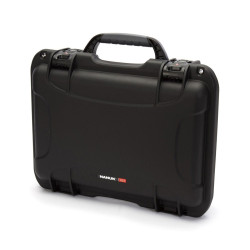
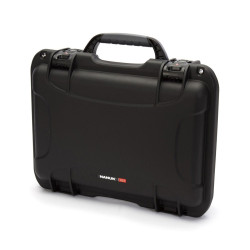
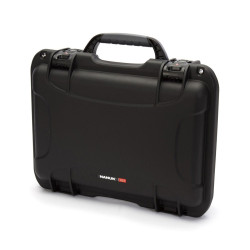
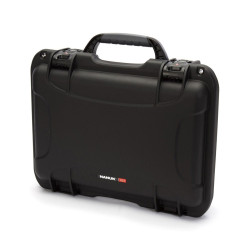



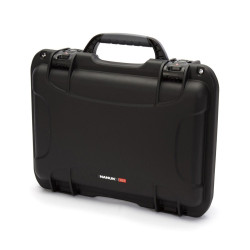
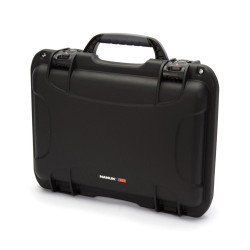
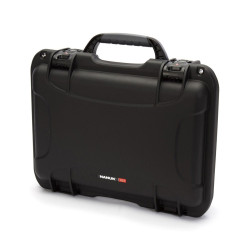
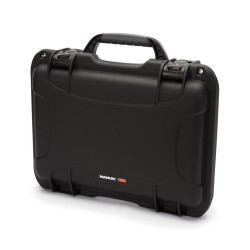

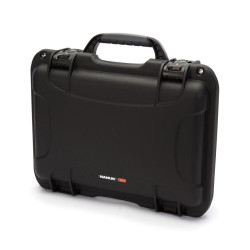

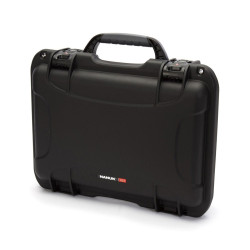
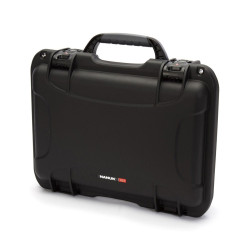


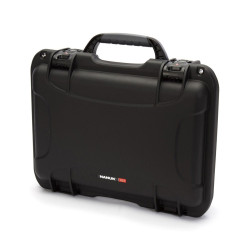
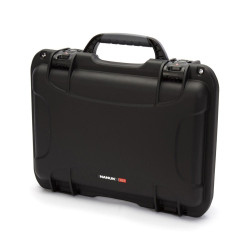
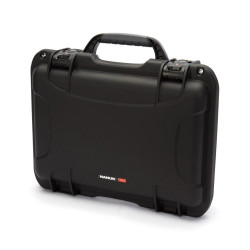
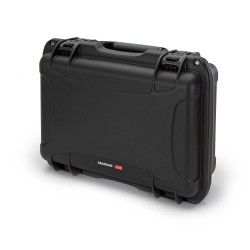
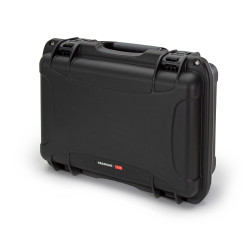
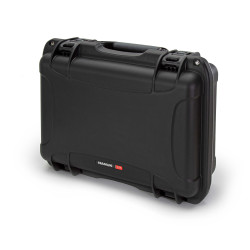
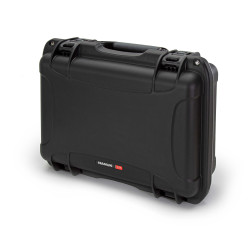

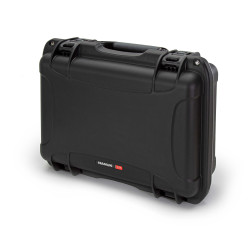
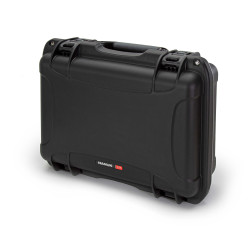
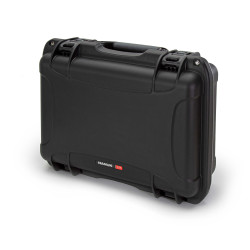
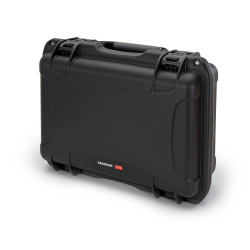
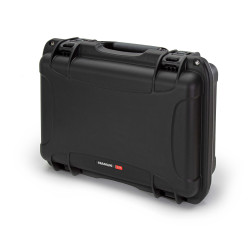

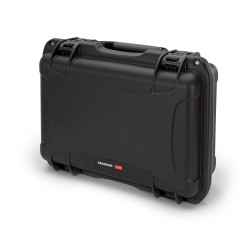


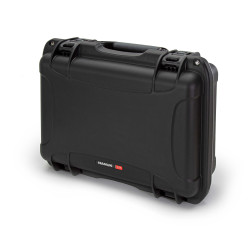
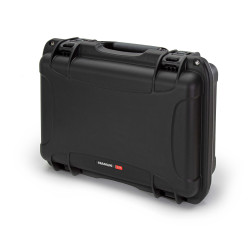
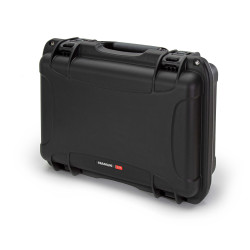
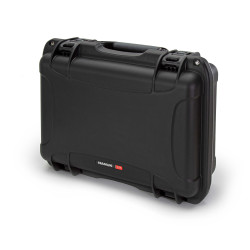
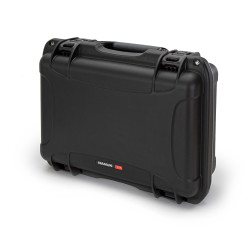



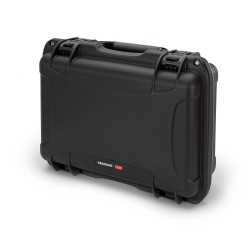
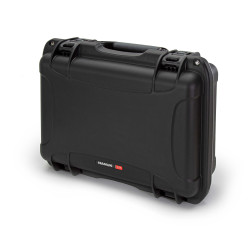
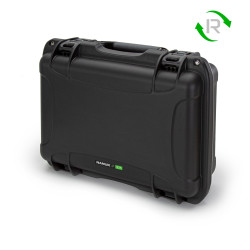
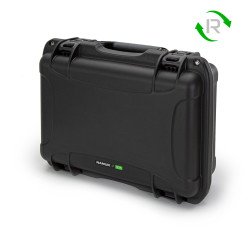
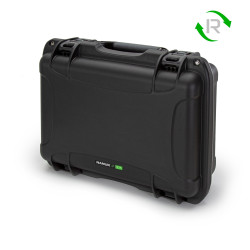
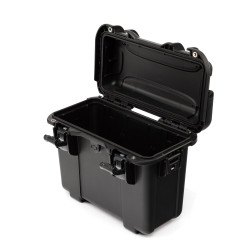

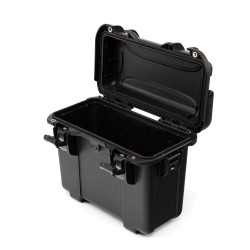
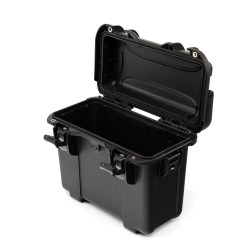
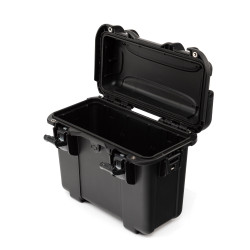
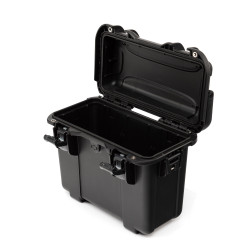
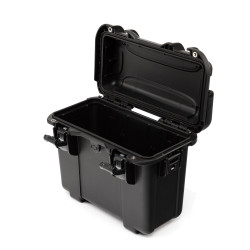
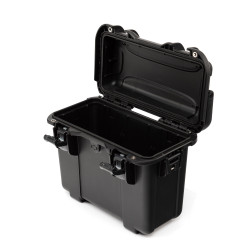
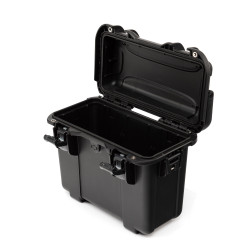


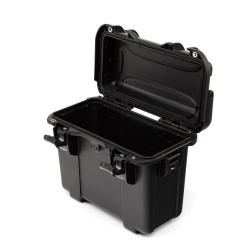
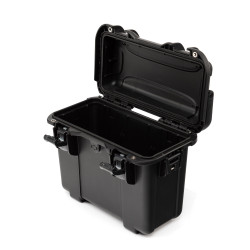
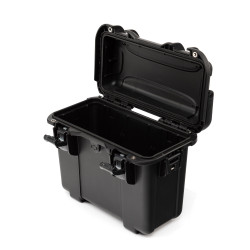
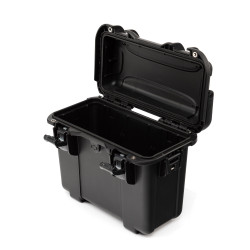
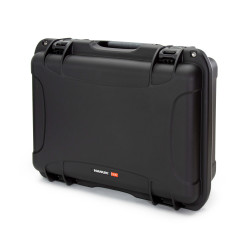
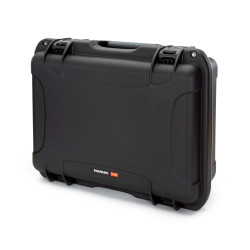
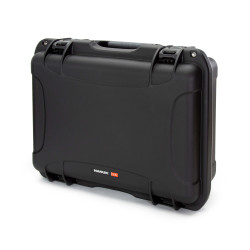
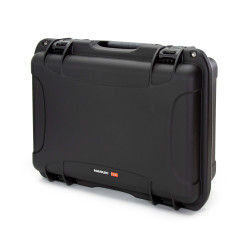
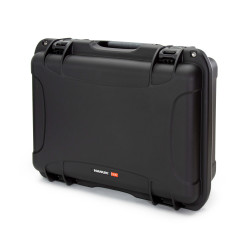
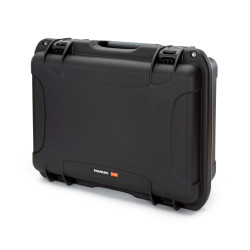


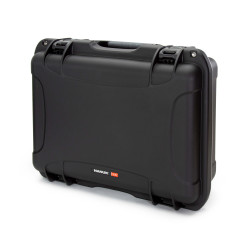
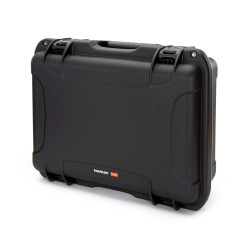
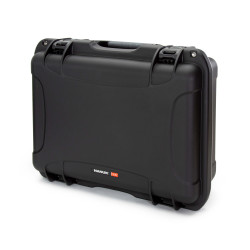

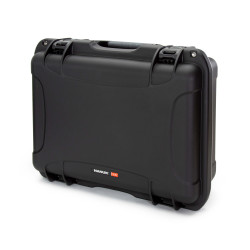
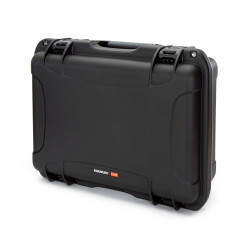

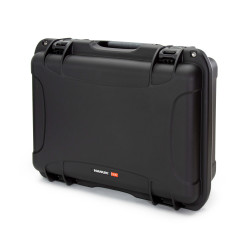
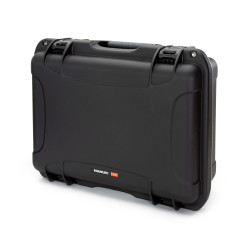
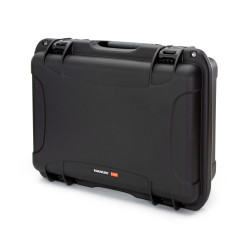
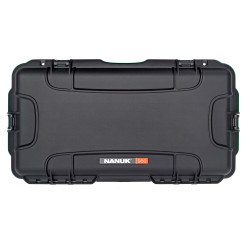
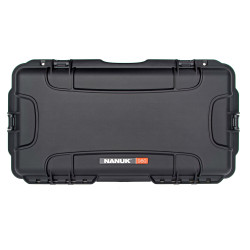
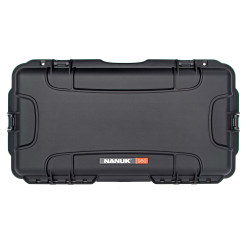
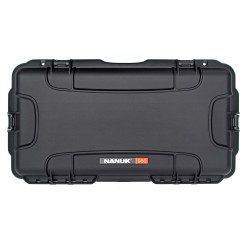




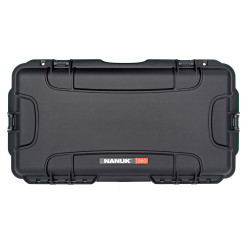
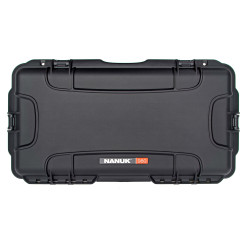
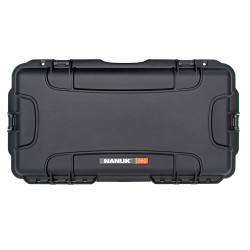

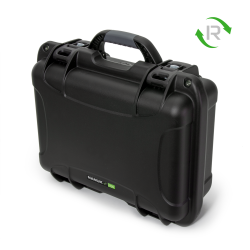
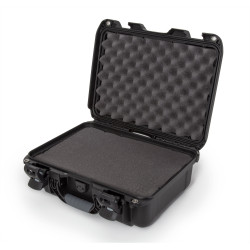
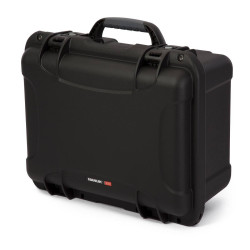

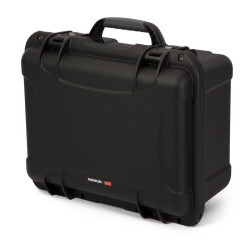
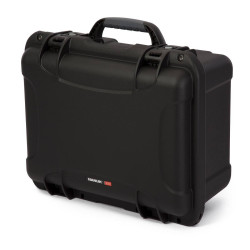
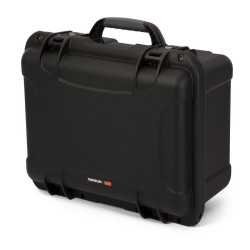
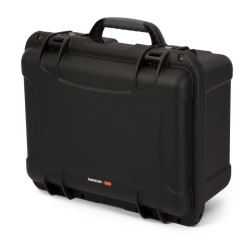
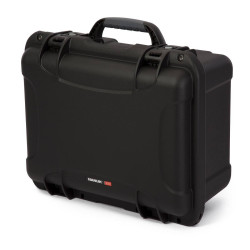
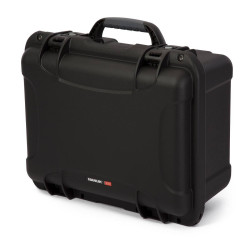
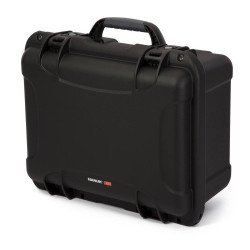



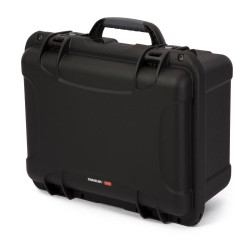


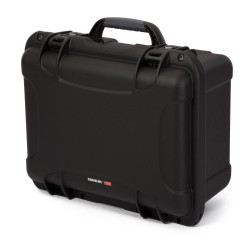
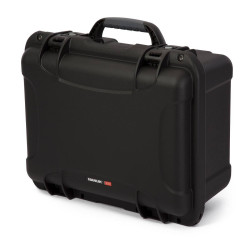

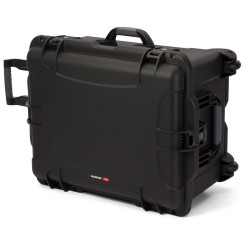
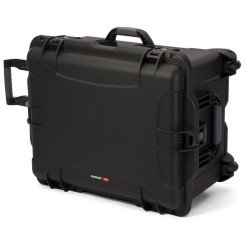
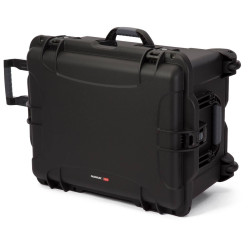
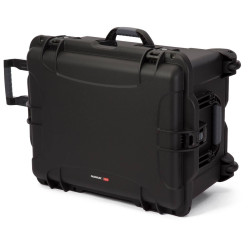
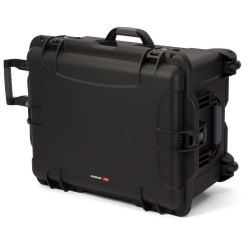
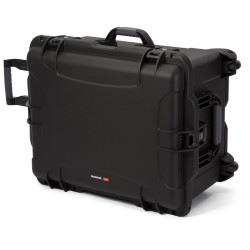
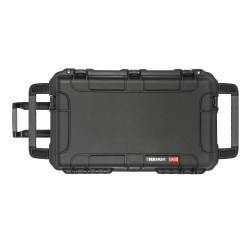
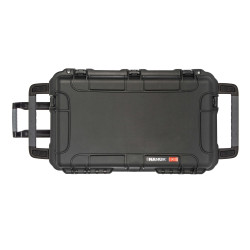

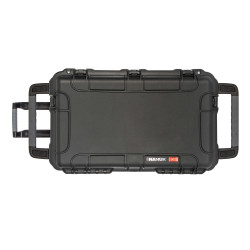
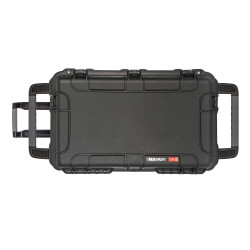
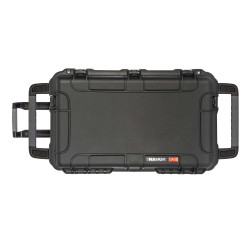
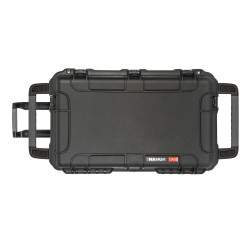
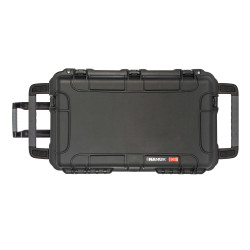
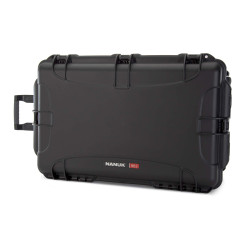

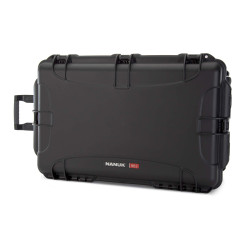
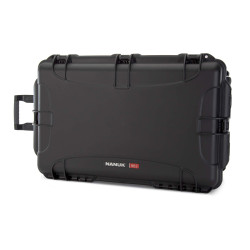
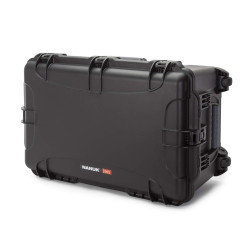
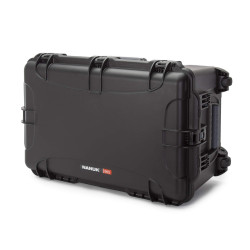
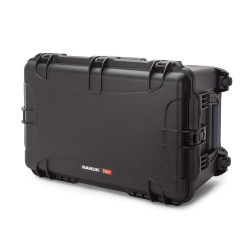
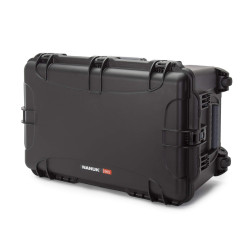

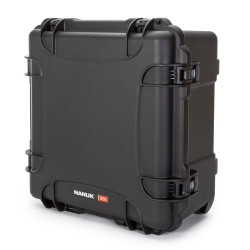
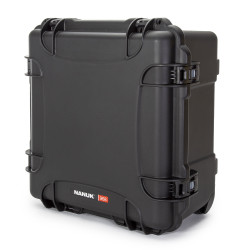
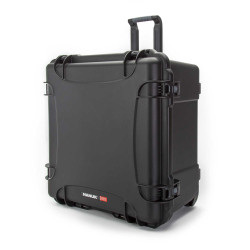
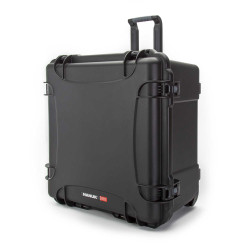
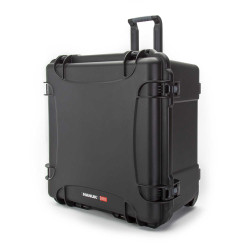
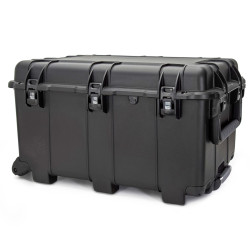
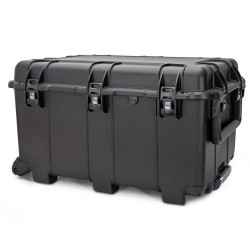

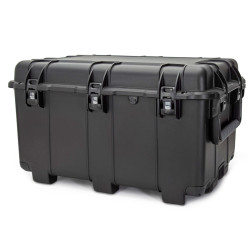

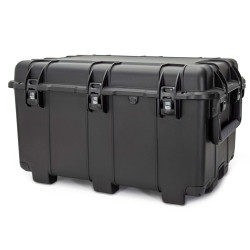
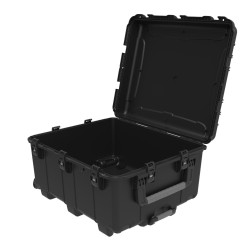
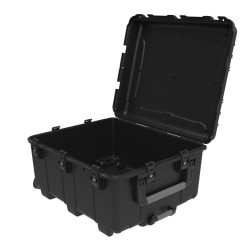

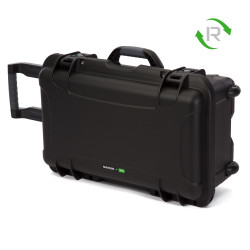
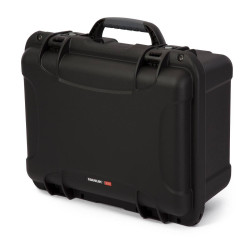
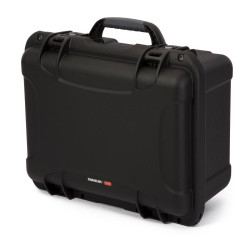
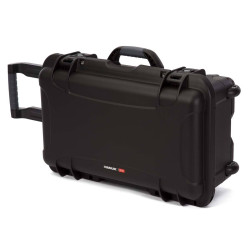
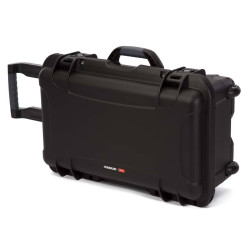
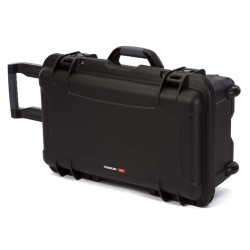
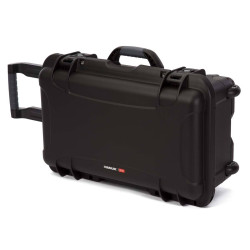
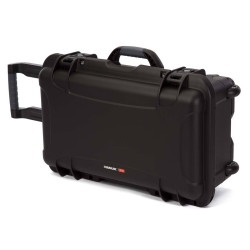
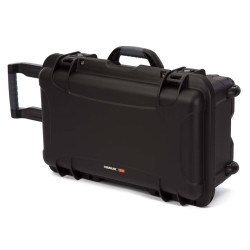
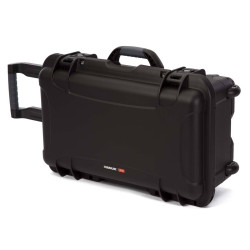
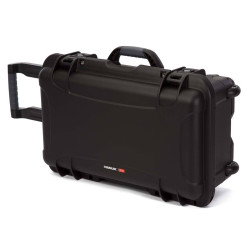
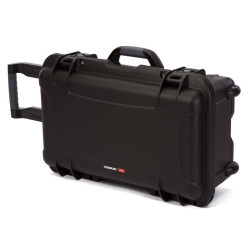

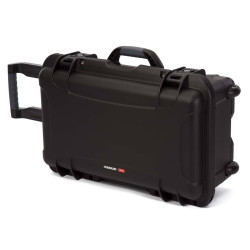
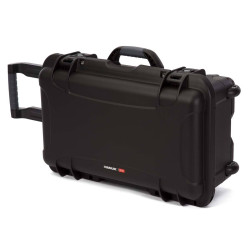
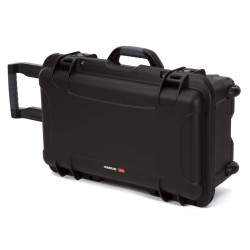
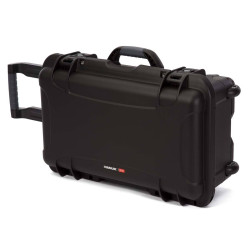
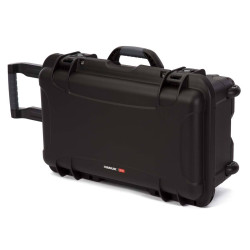
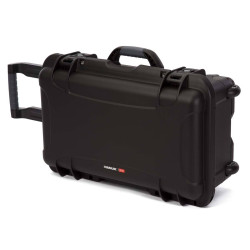
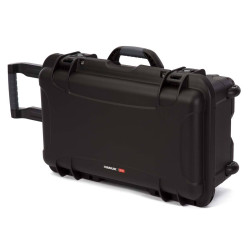
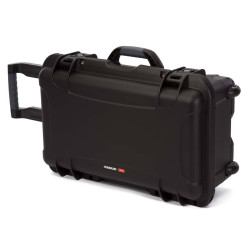
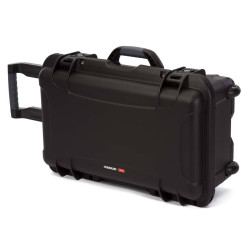
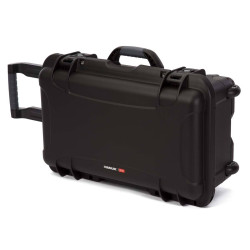
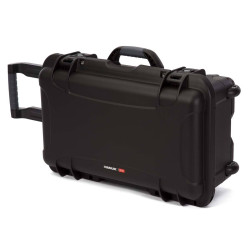
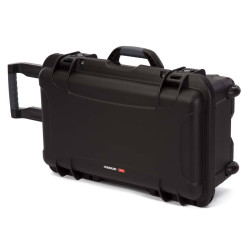
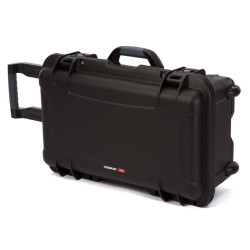
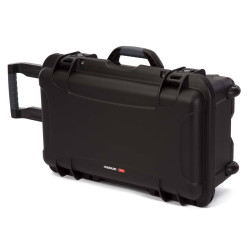
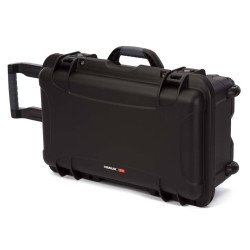
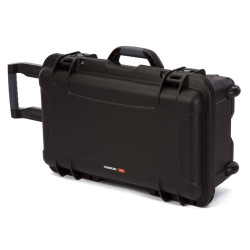
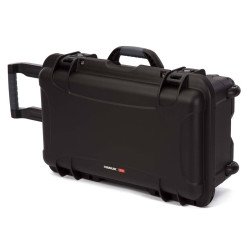
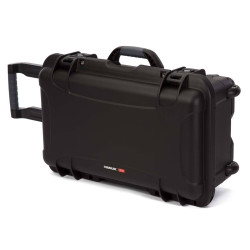
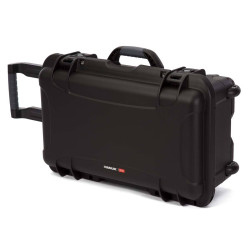
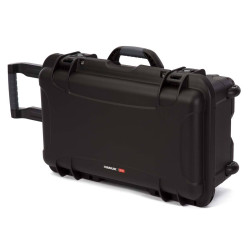
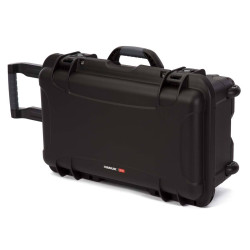
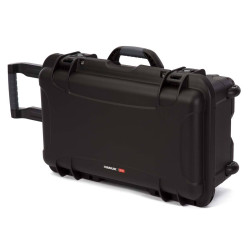
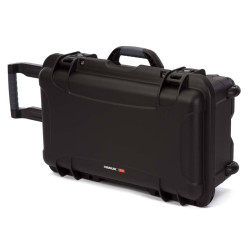
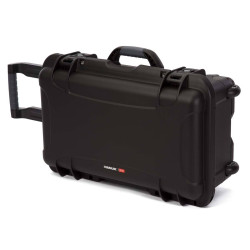
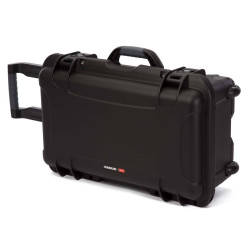
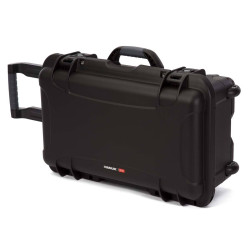
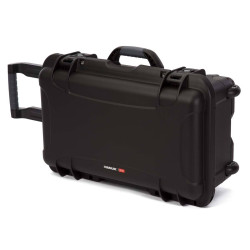
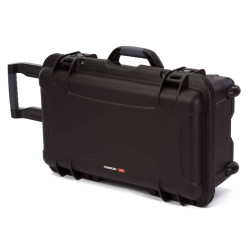
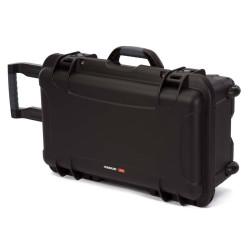
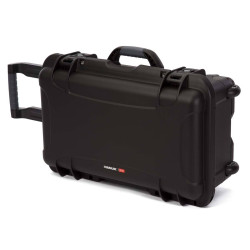
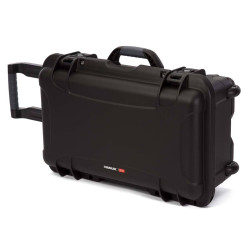
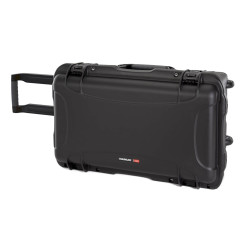
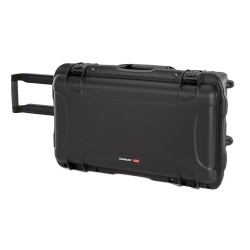
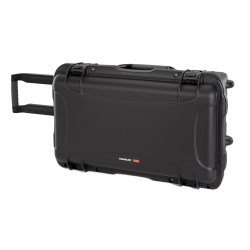
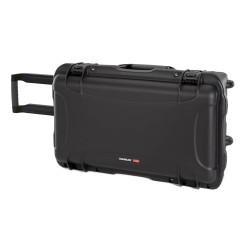
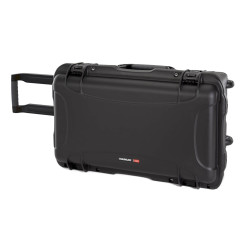
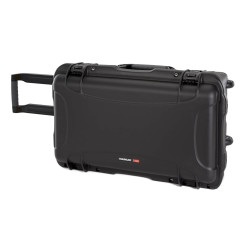
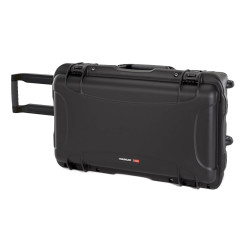
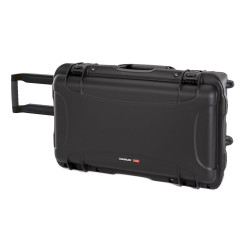
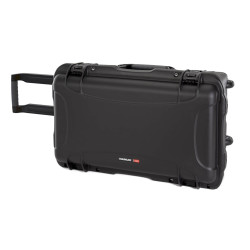

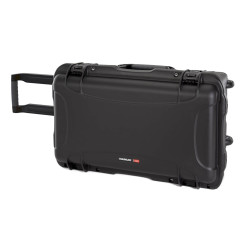
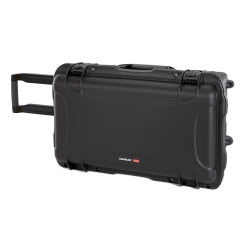

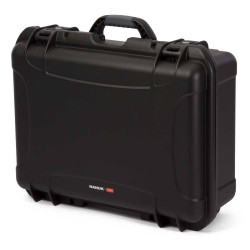
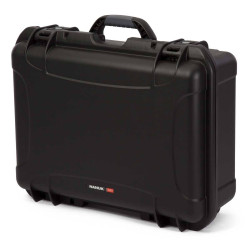
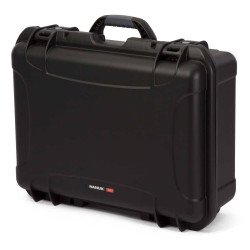
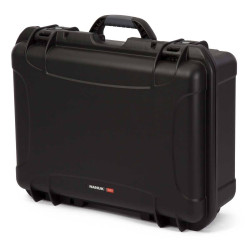
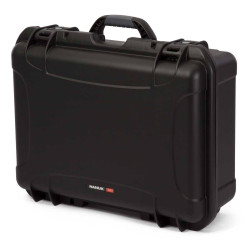
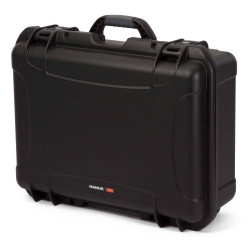
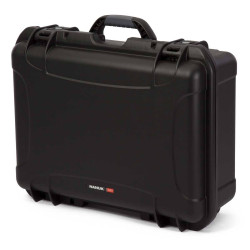
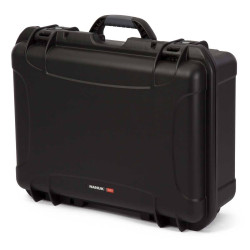
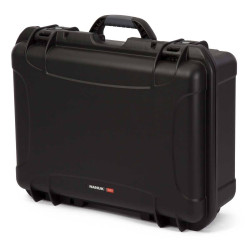


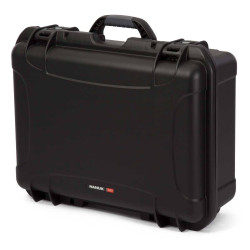
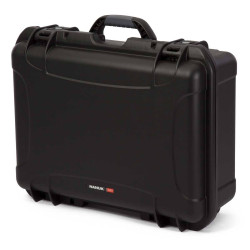
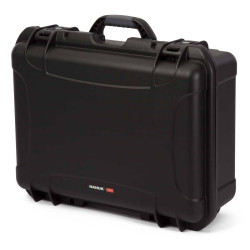
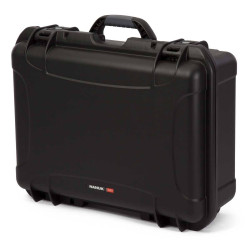
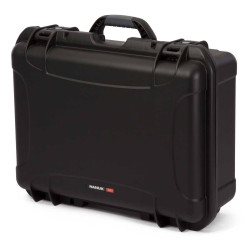
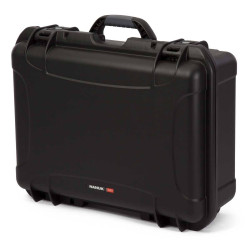
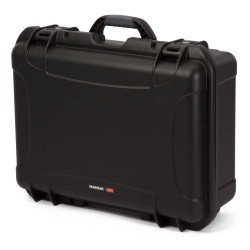
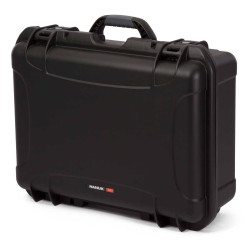
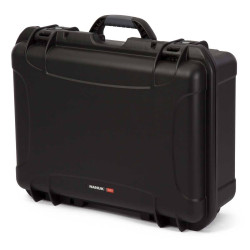
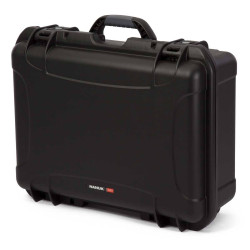
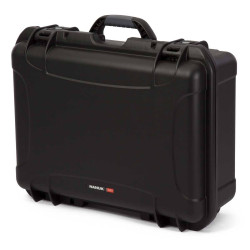
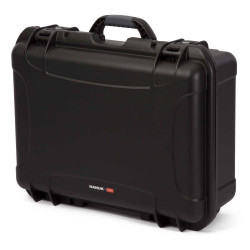

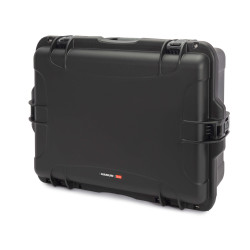
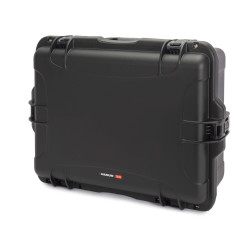
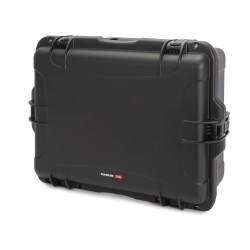
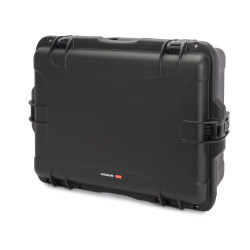
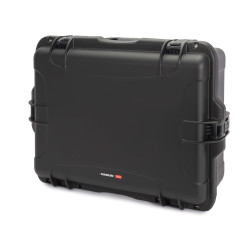
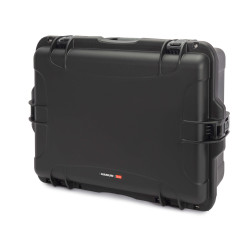
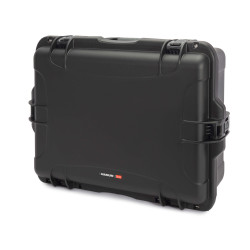
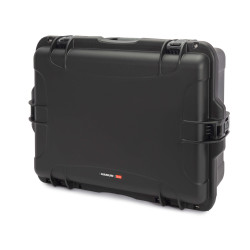

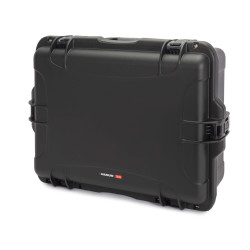

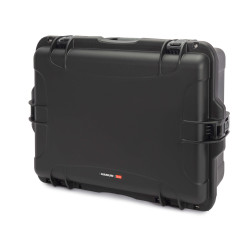
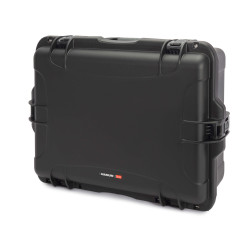

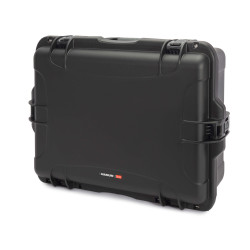

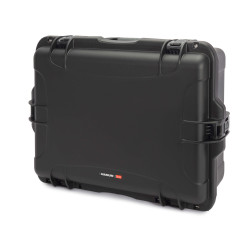

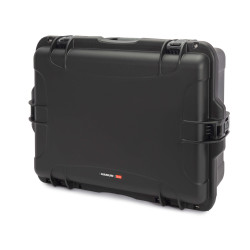
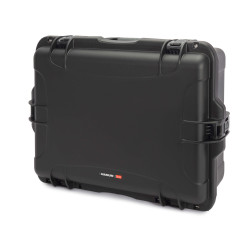

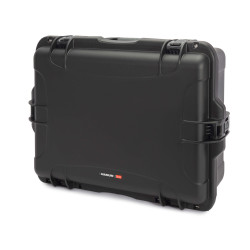
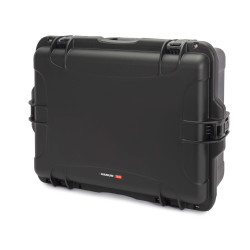
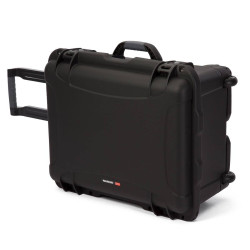
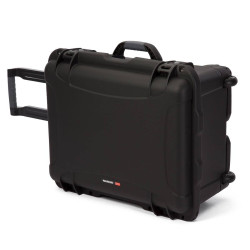
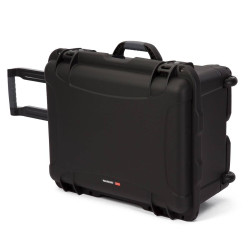
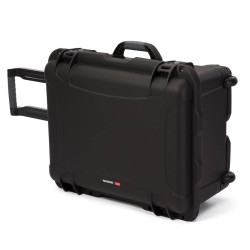
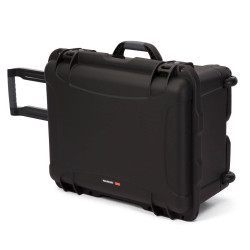
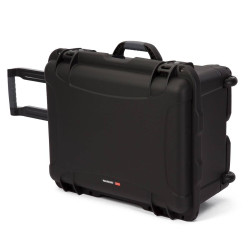
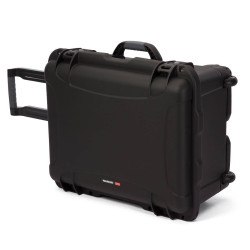
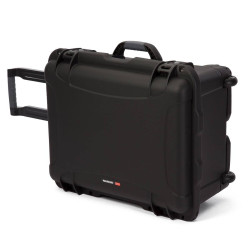
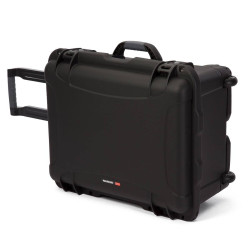
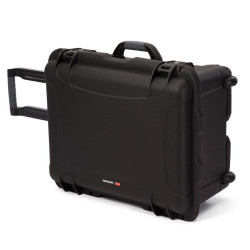
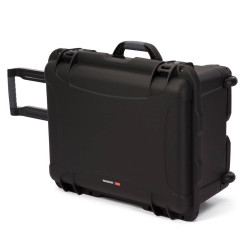
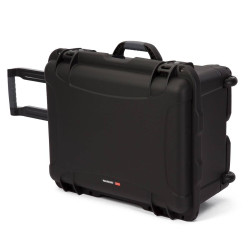
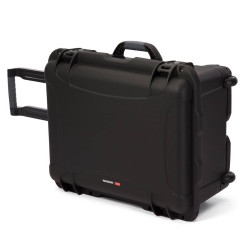

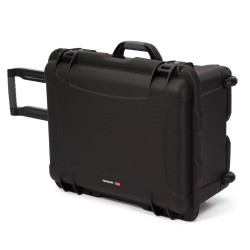
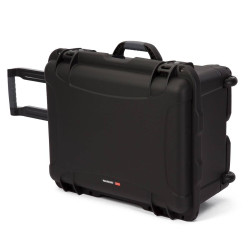
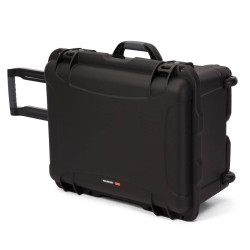
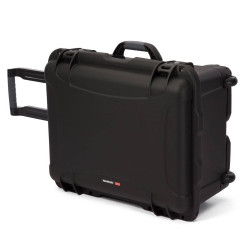
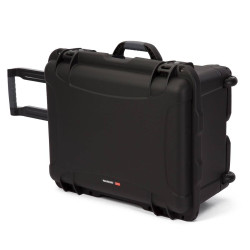
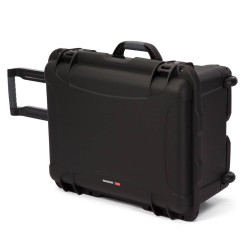

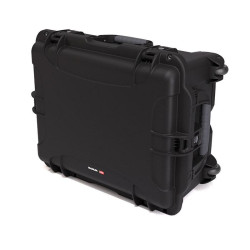
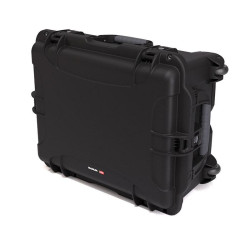

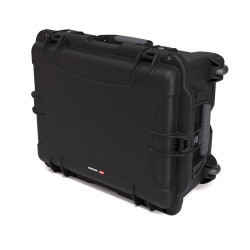
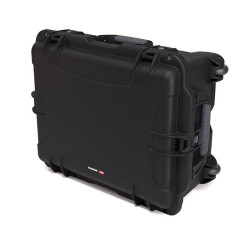
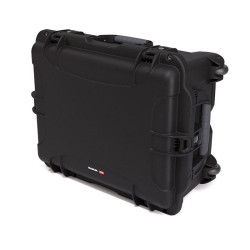

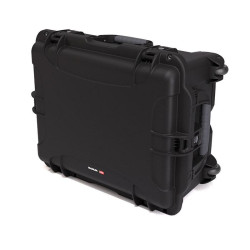
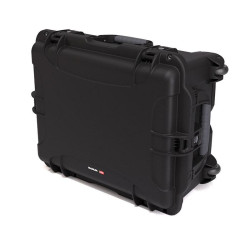
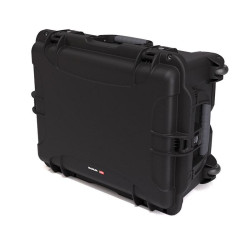
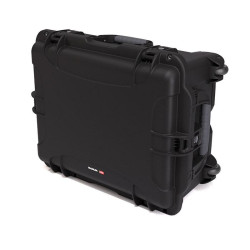
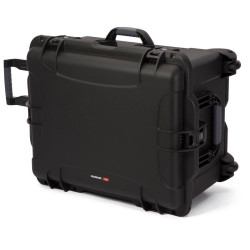
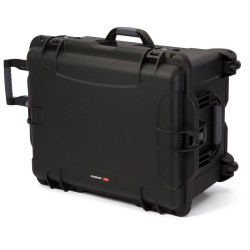
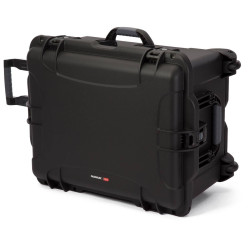
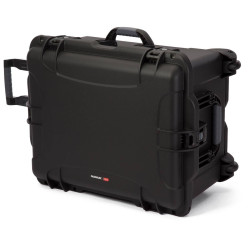
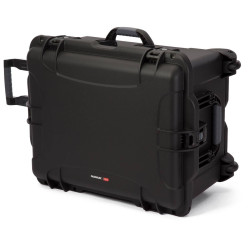
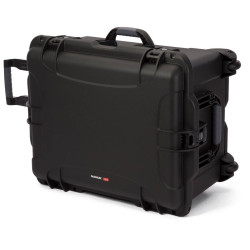
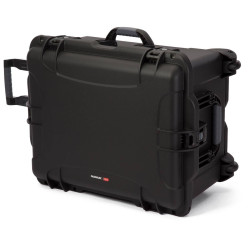
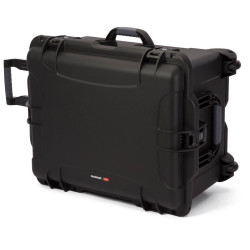
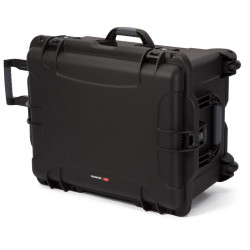
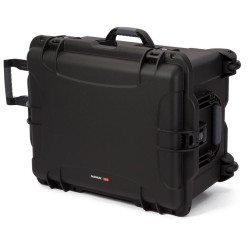
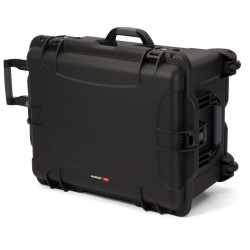
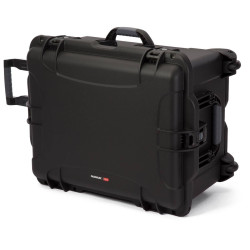
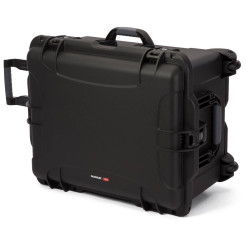
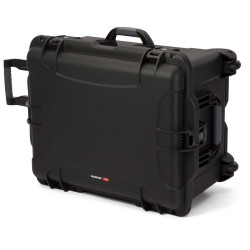
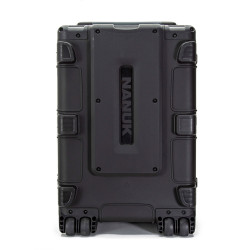
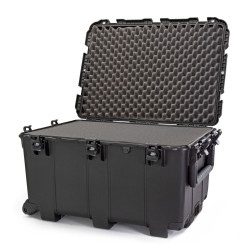

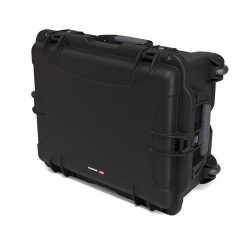
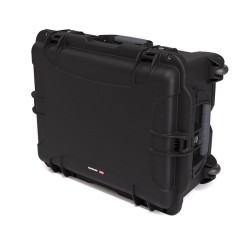
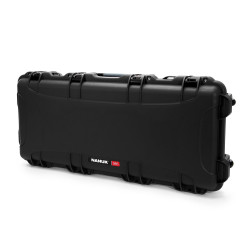
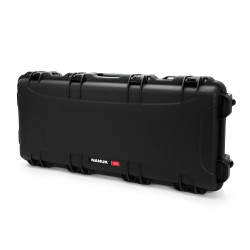
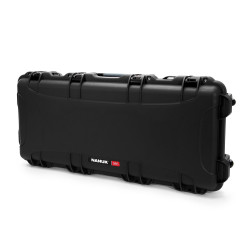
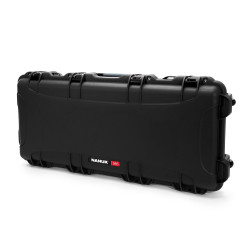
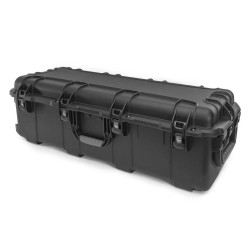
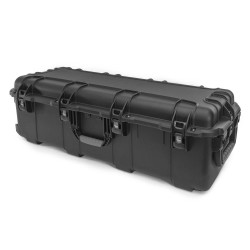


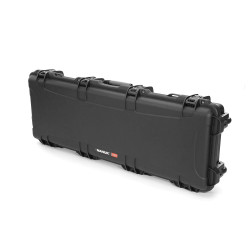
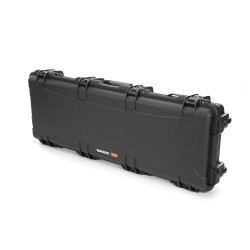
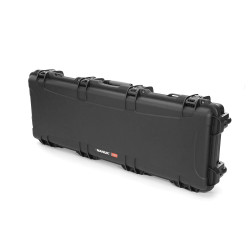
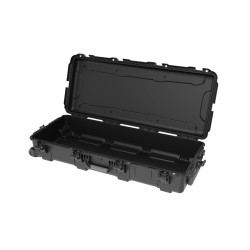
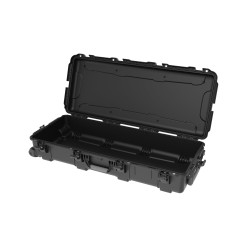
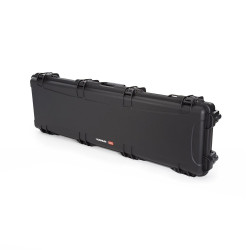
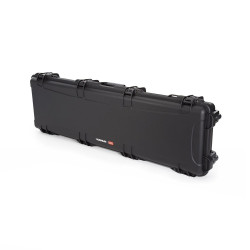
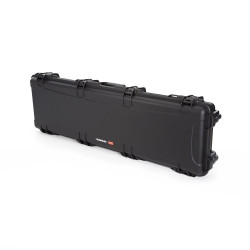
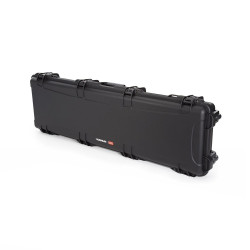

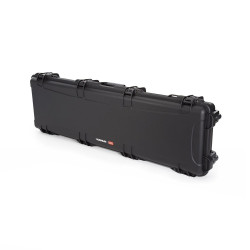
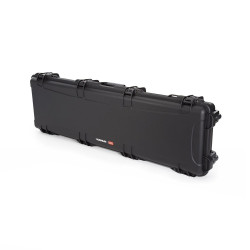

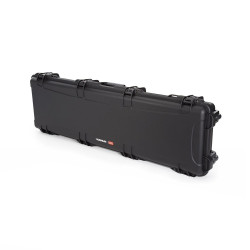
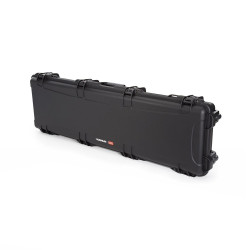

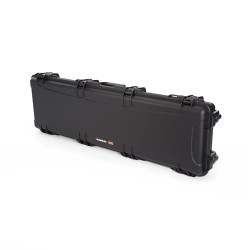

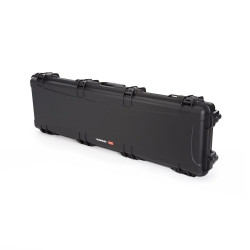
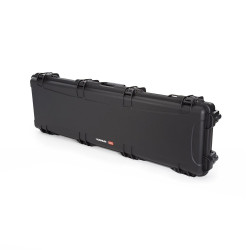
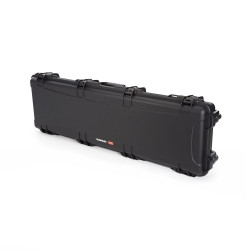
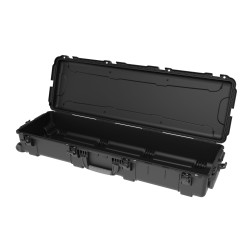
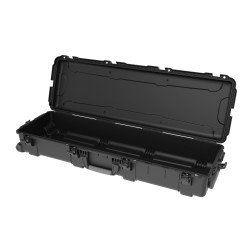
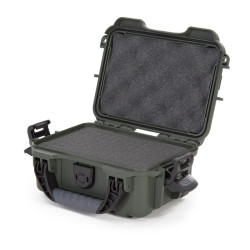
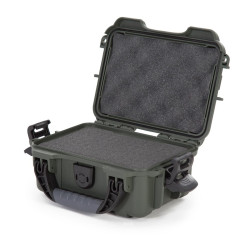
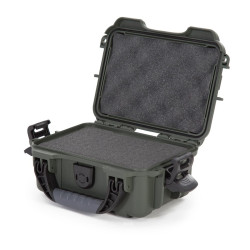
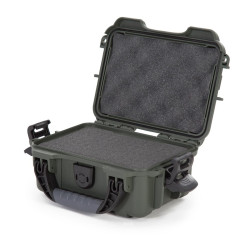
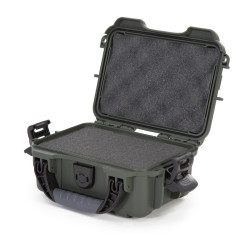
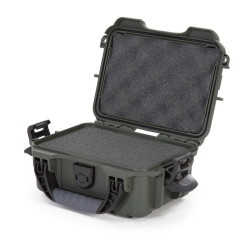
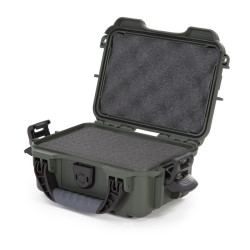

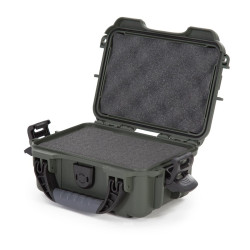
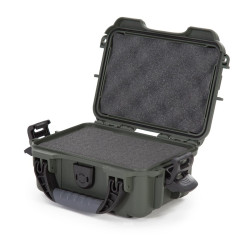
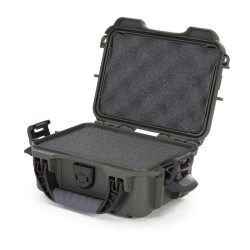
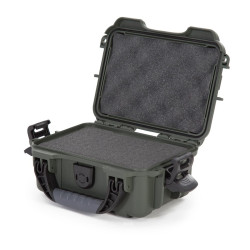
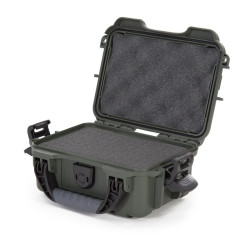

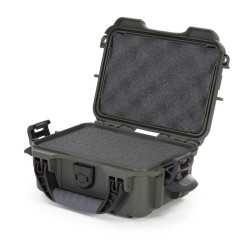
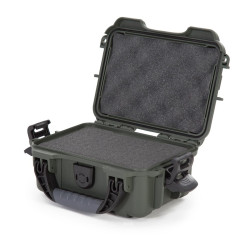
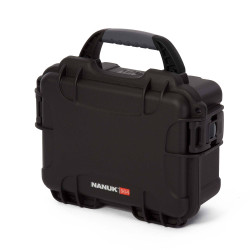
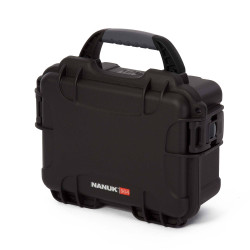

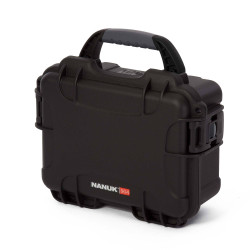


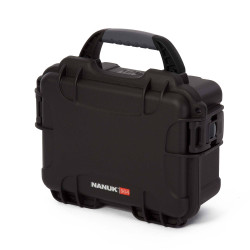
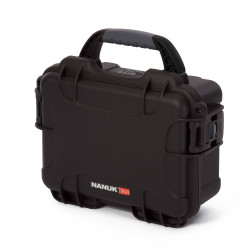
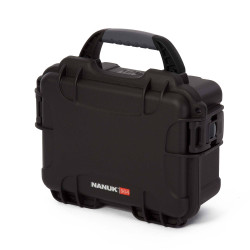

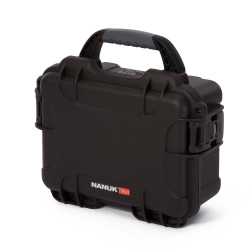
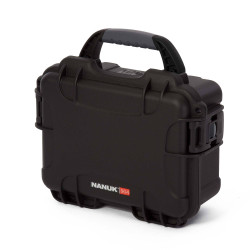
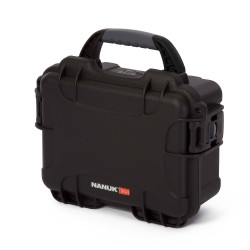
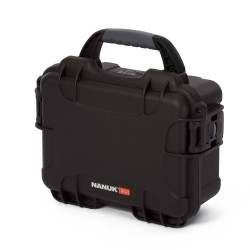

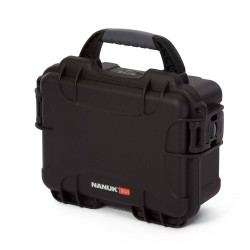
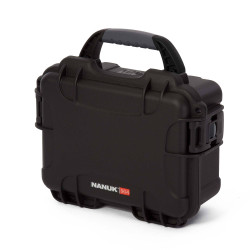
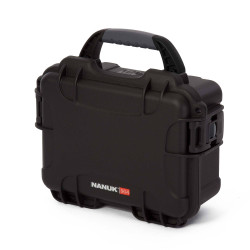
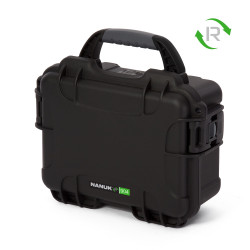
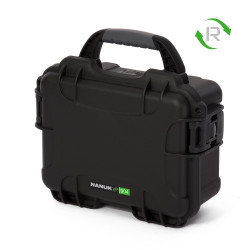
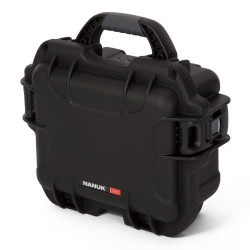
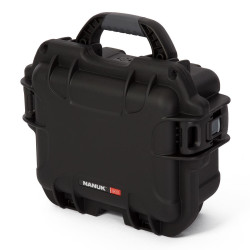
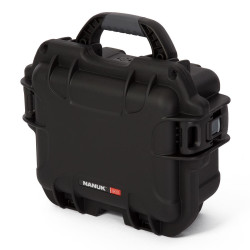
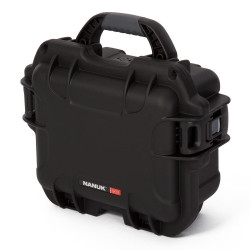
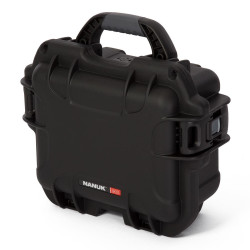
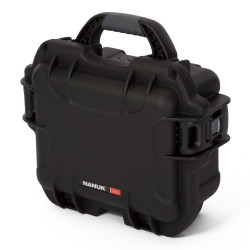
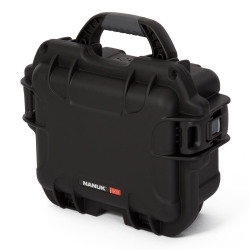
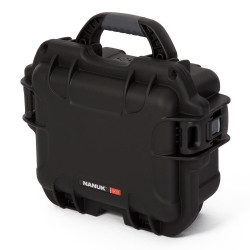
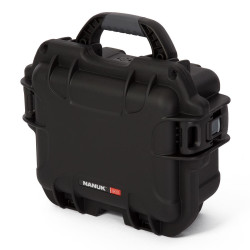
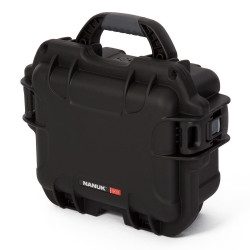
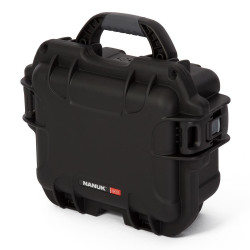
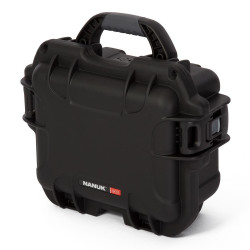
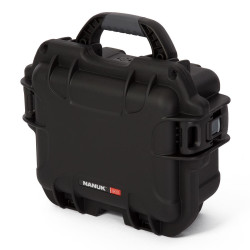
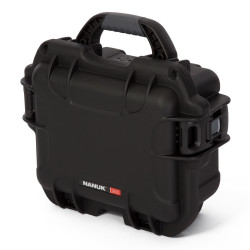
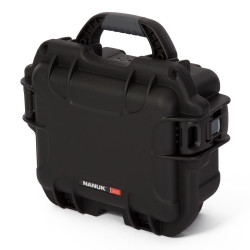
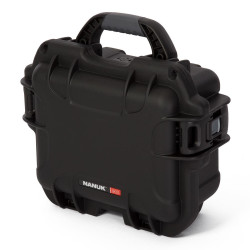
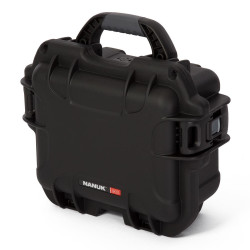
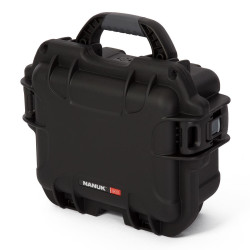
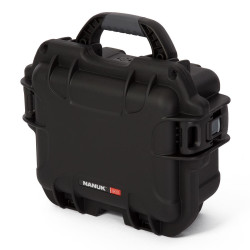
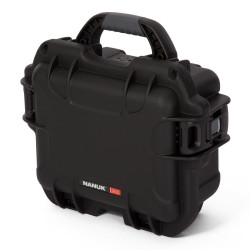
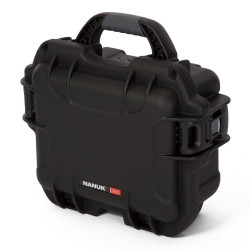
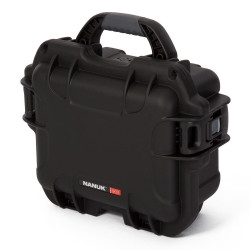
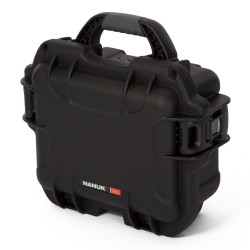
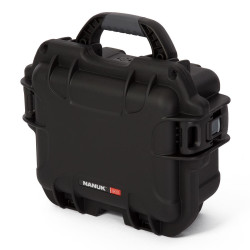


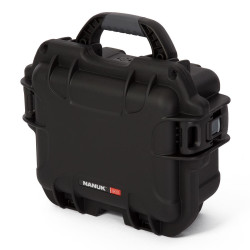

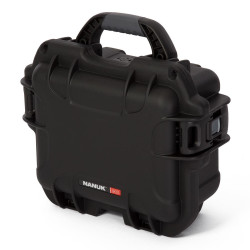



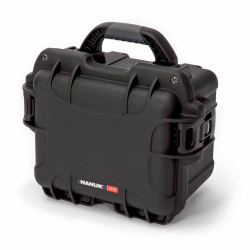
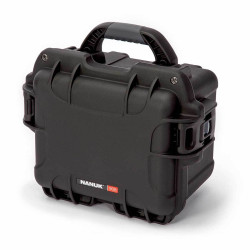
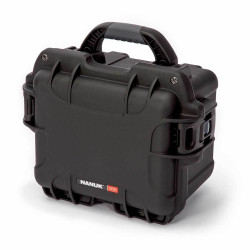
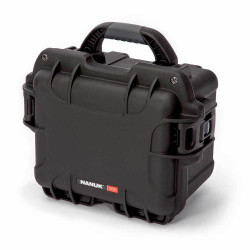
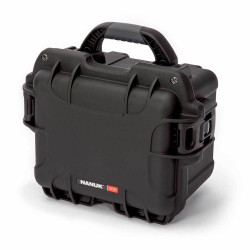
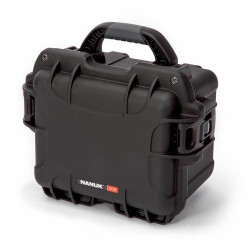
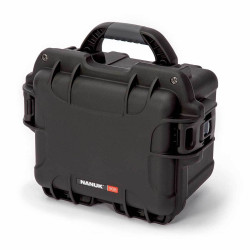
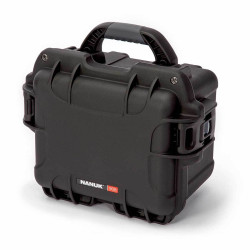
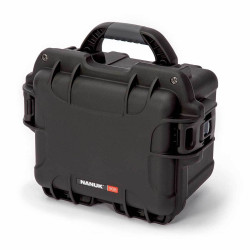
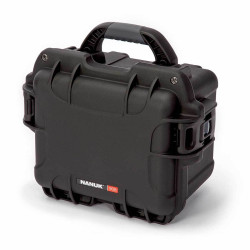
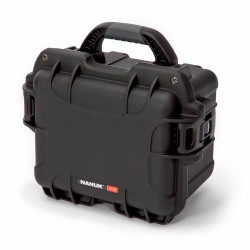
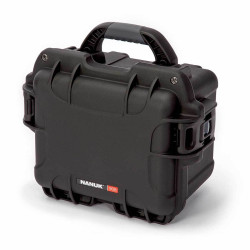
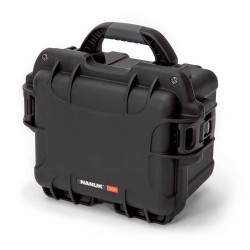
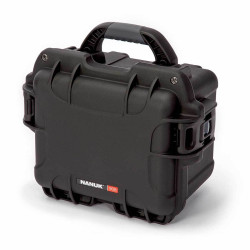
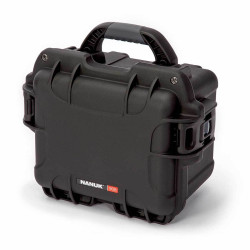
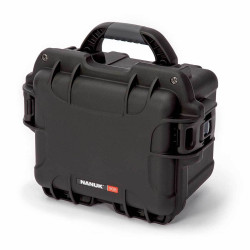
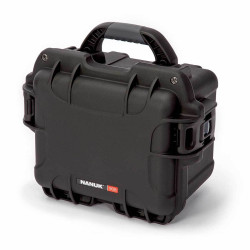
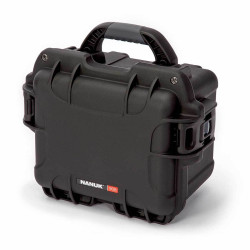
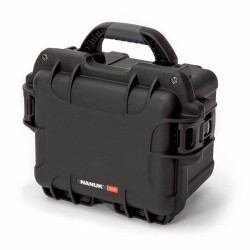
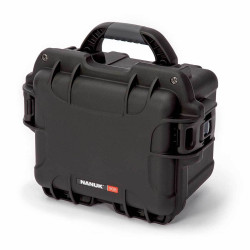
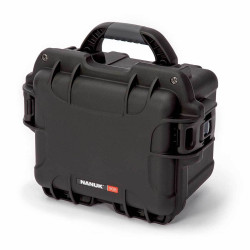
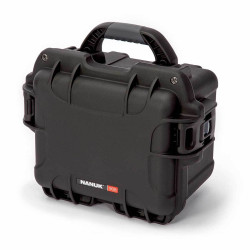
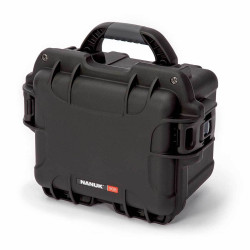
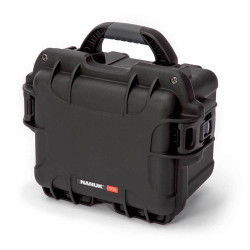
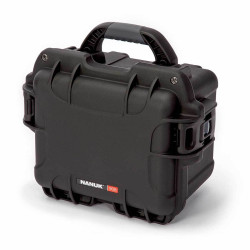
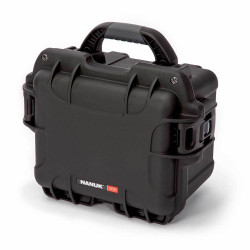
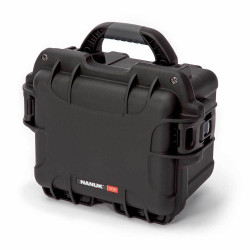
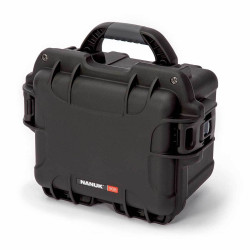
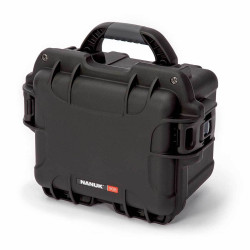
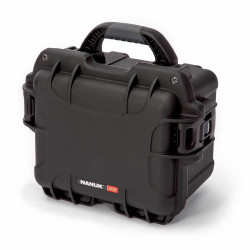
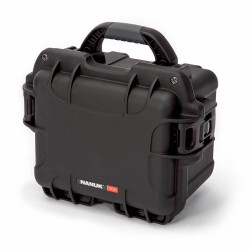
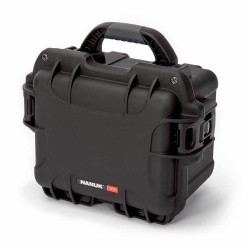
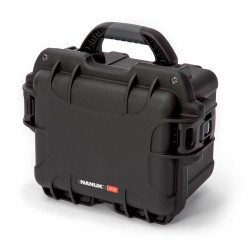
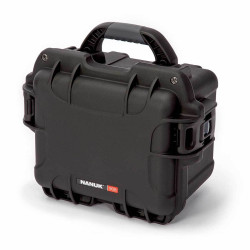
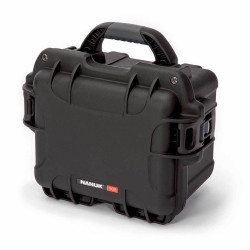
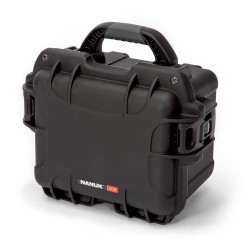
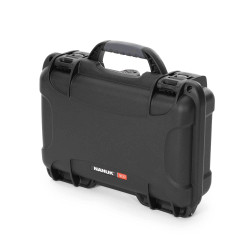

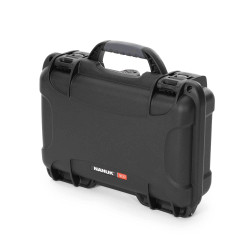
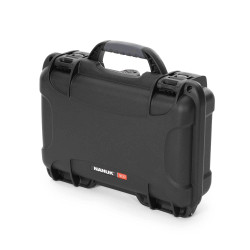
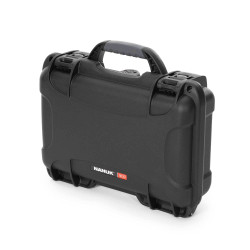
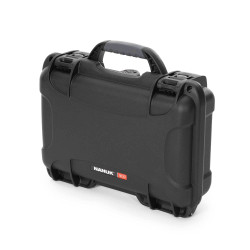
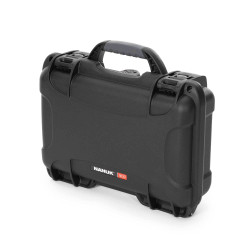
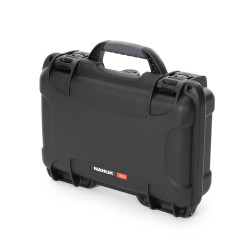
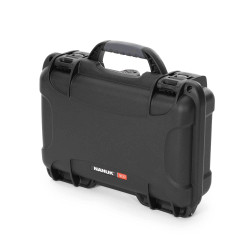
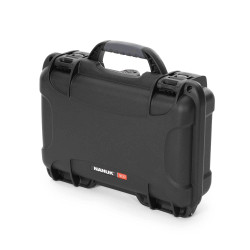


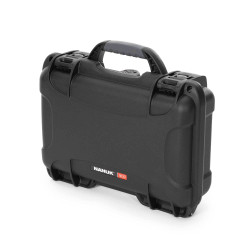
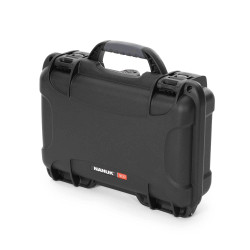
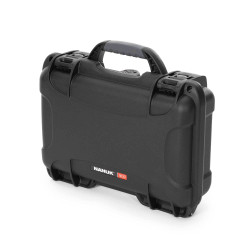

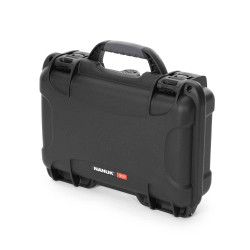



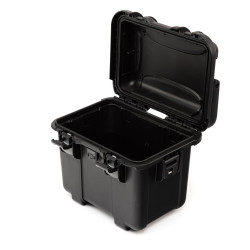
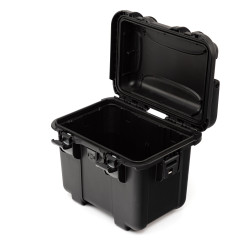
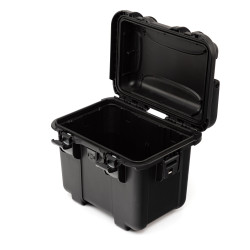
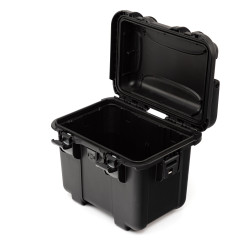


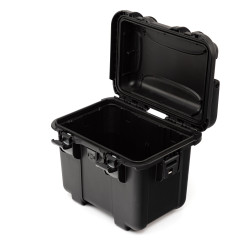

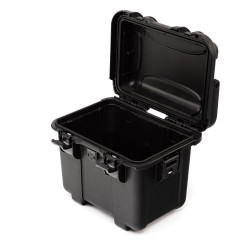
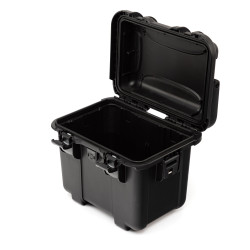
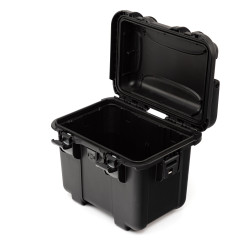

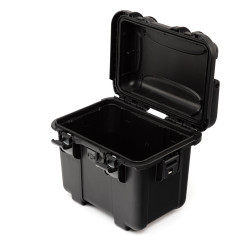
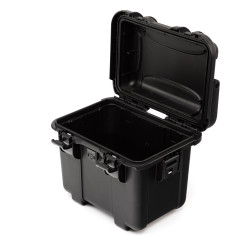
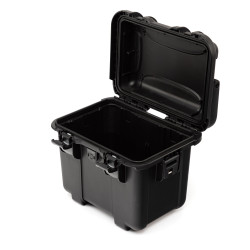

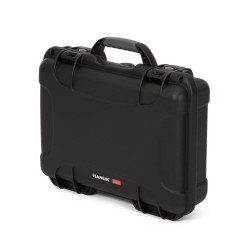
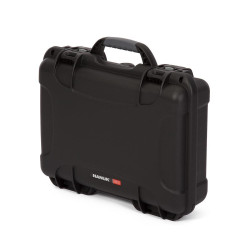
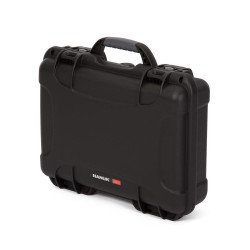
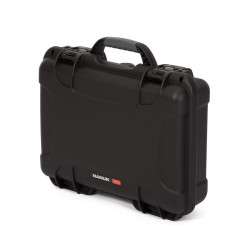
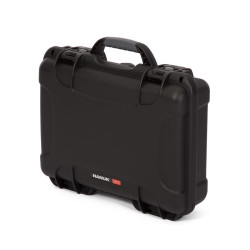
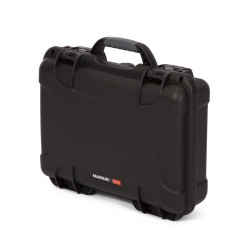
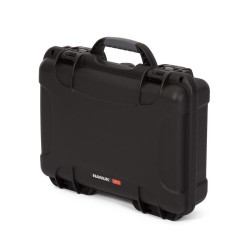
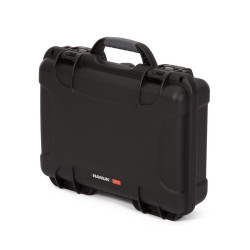
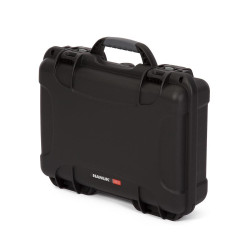
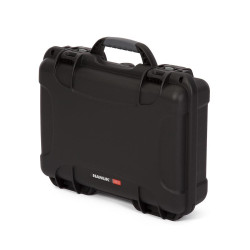
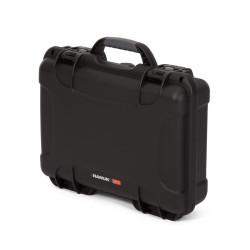
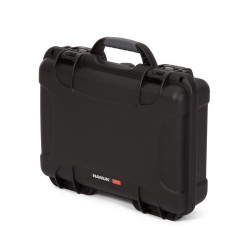
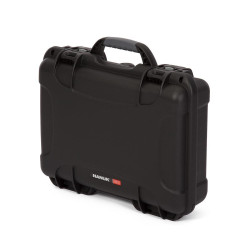
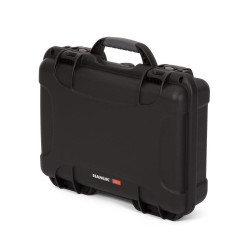
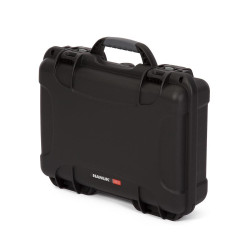
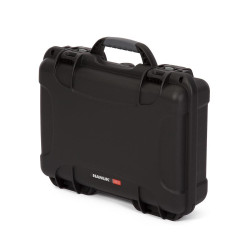
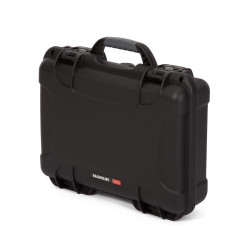
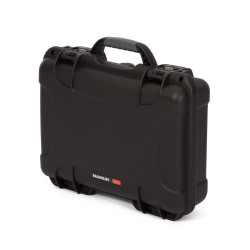
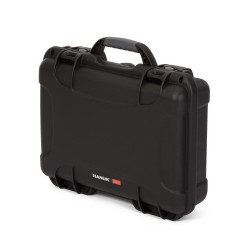
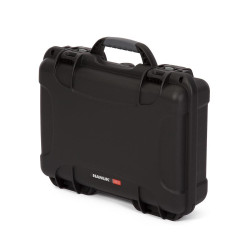
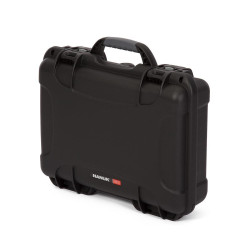
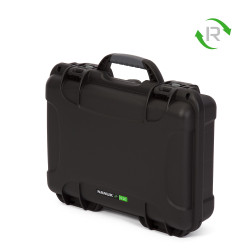
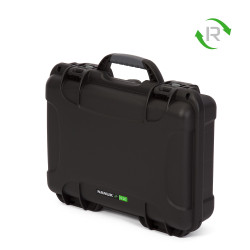

Оставить комментарий